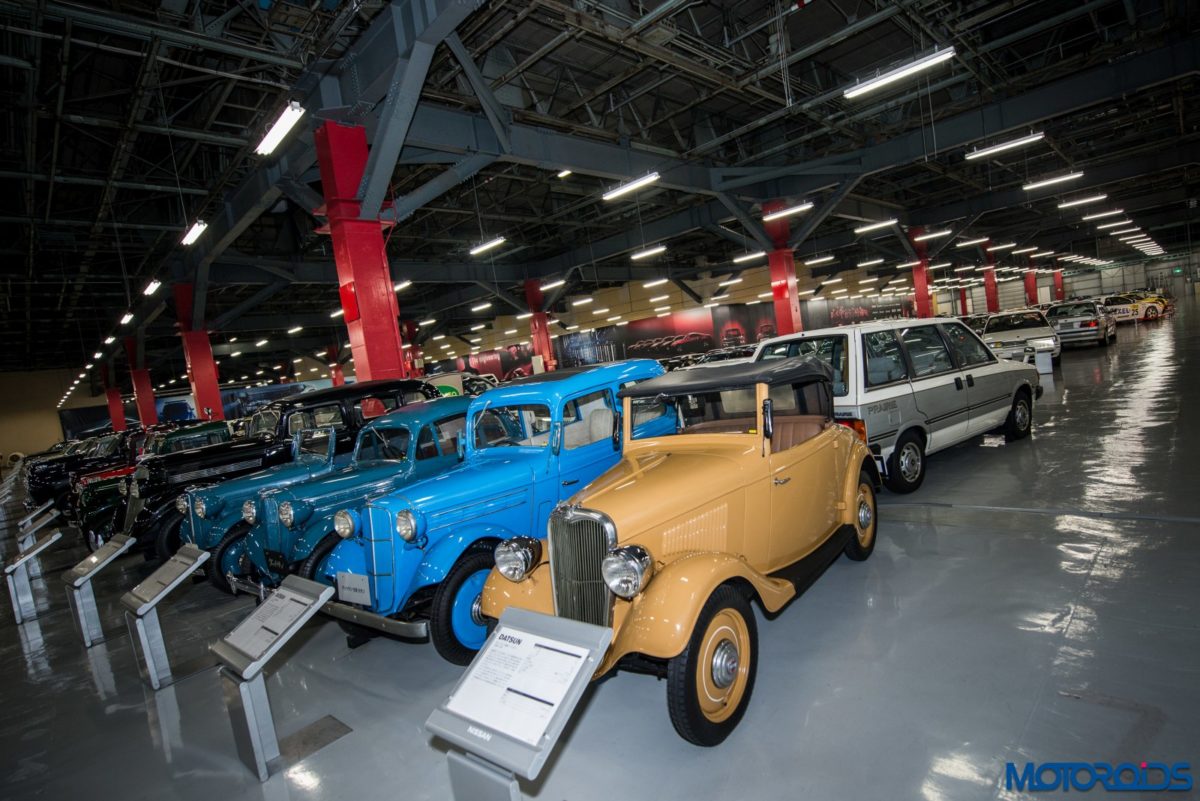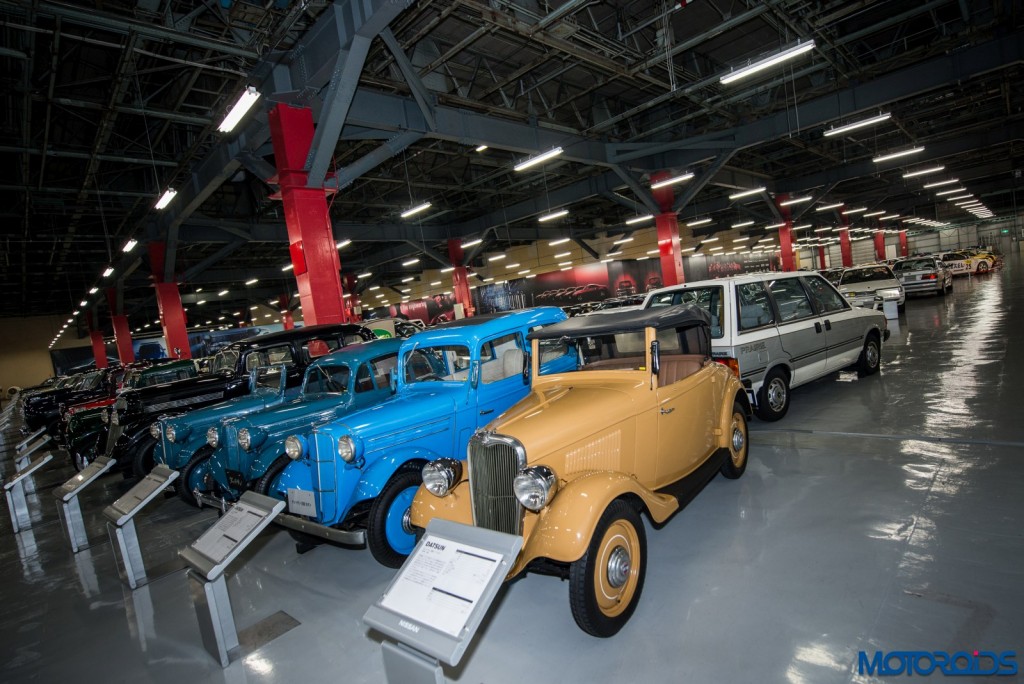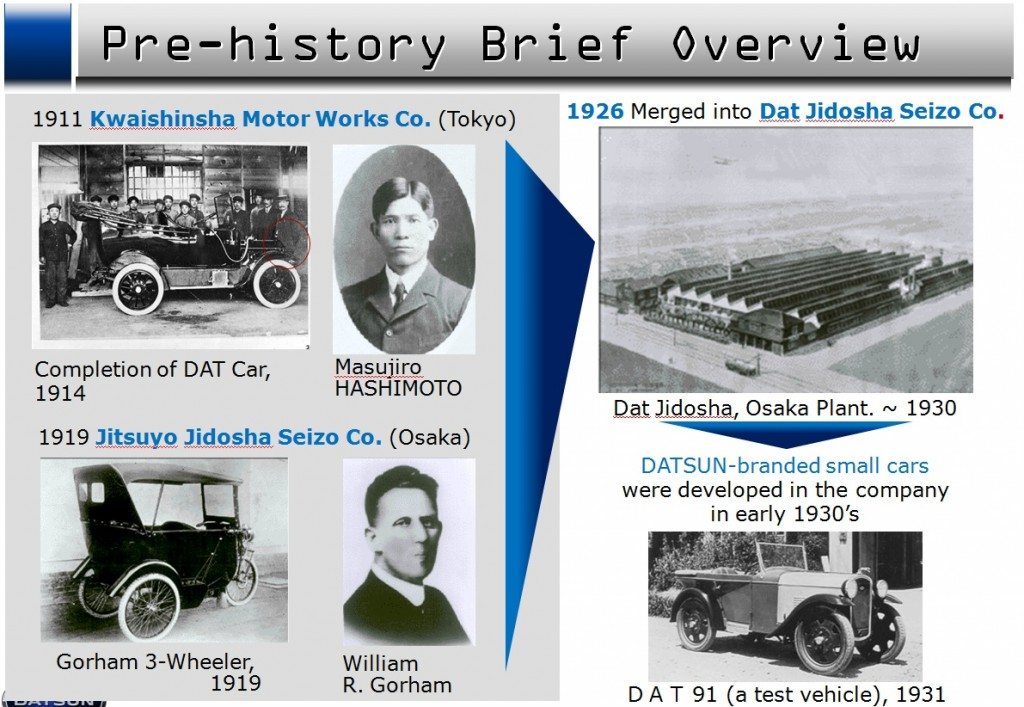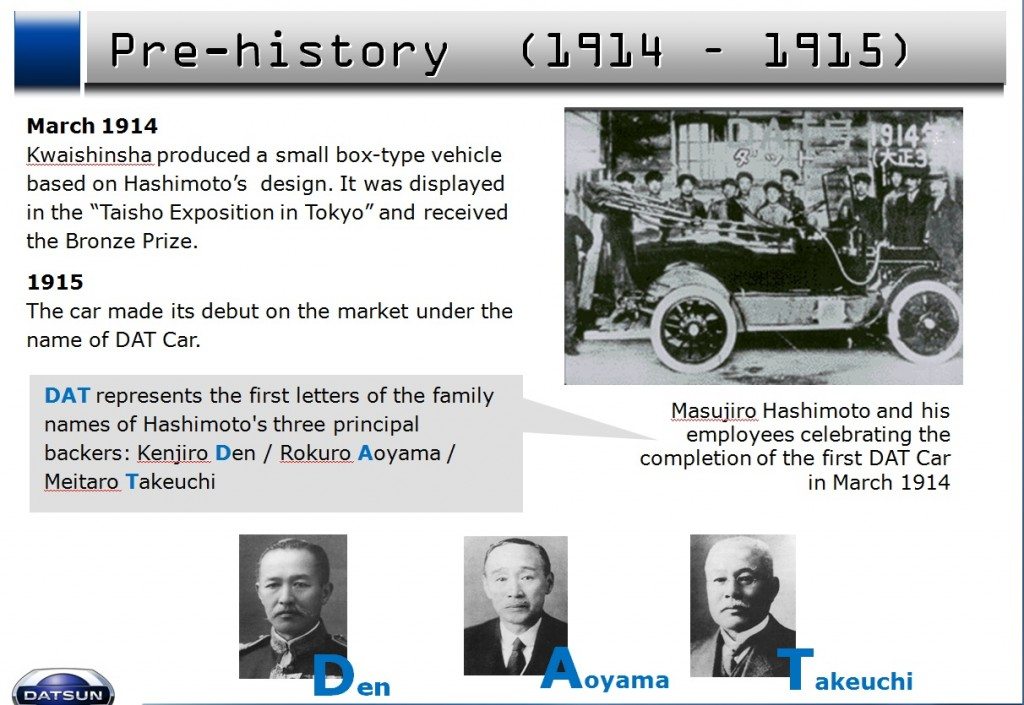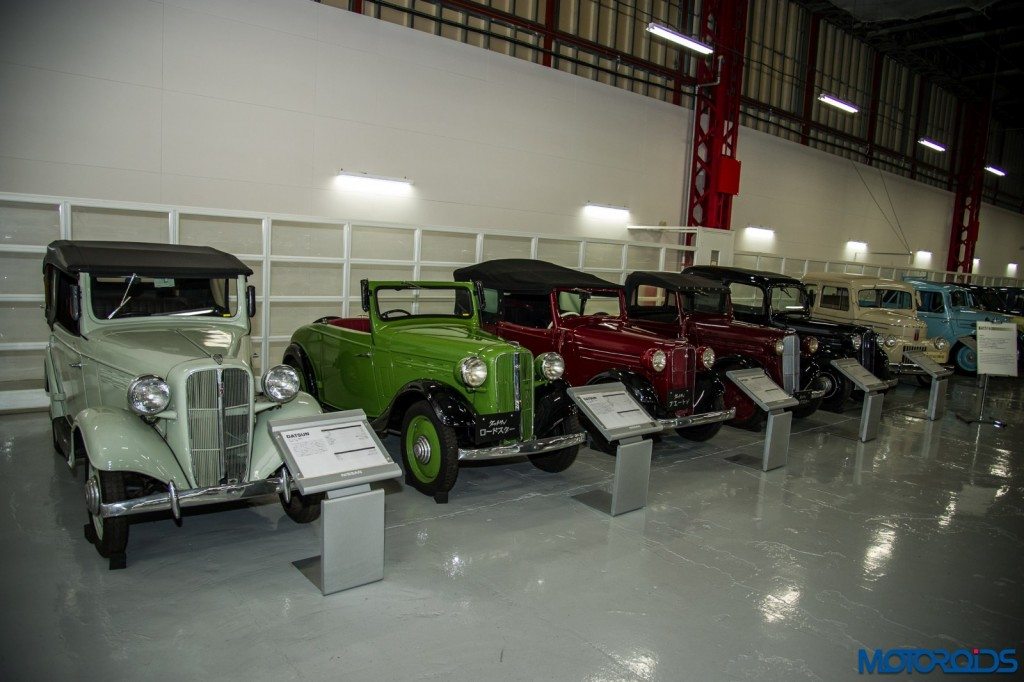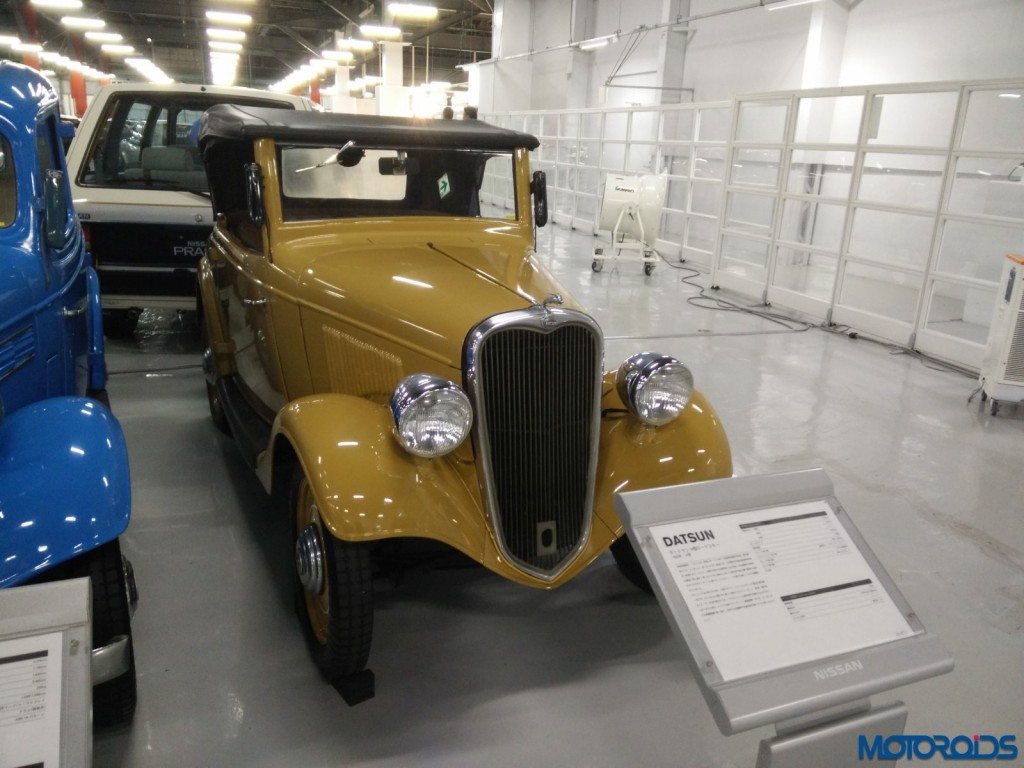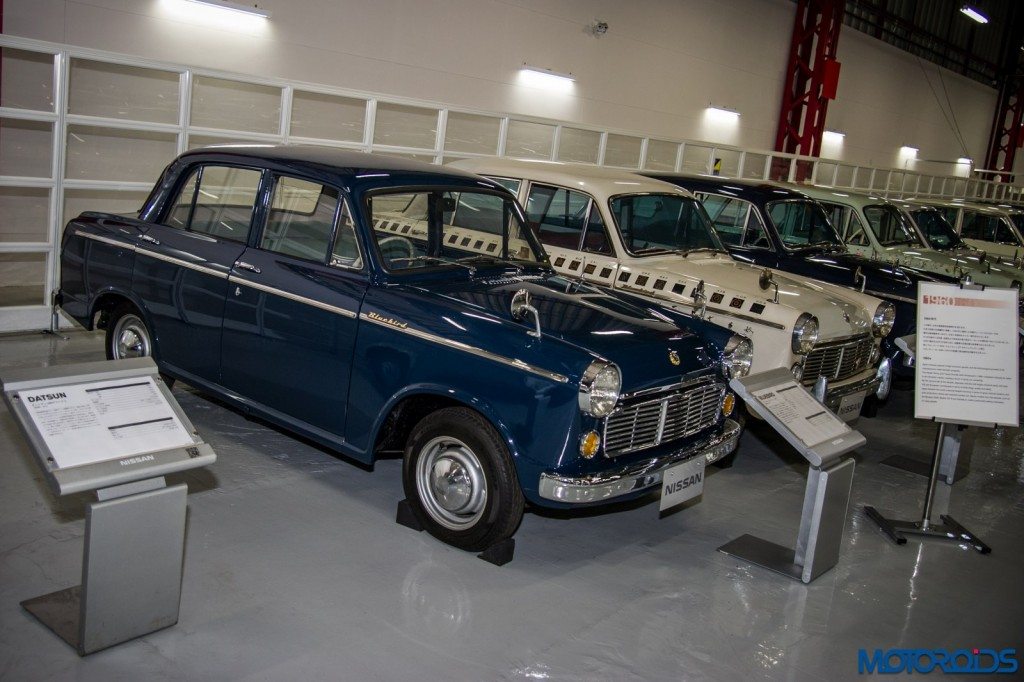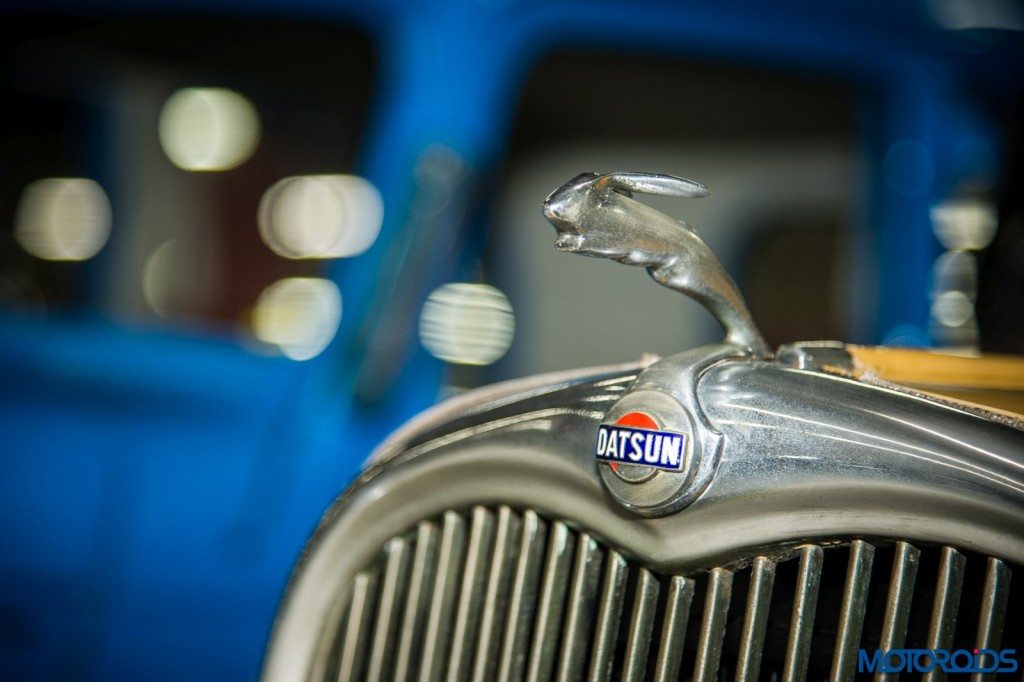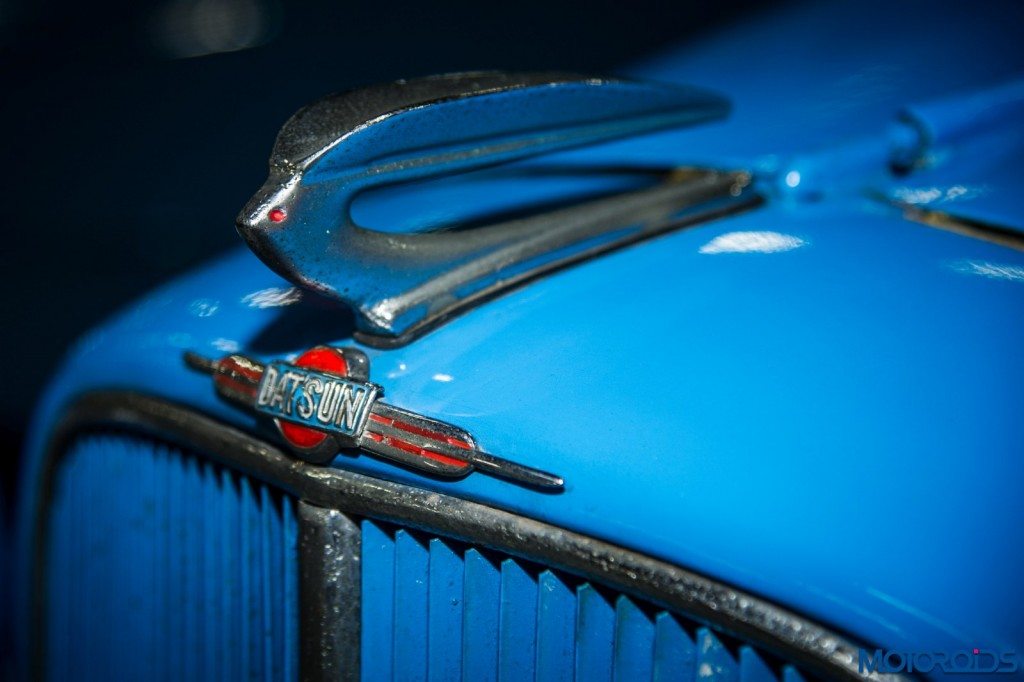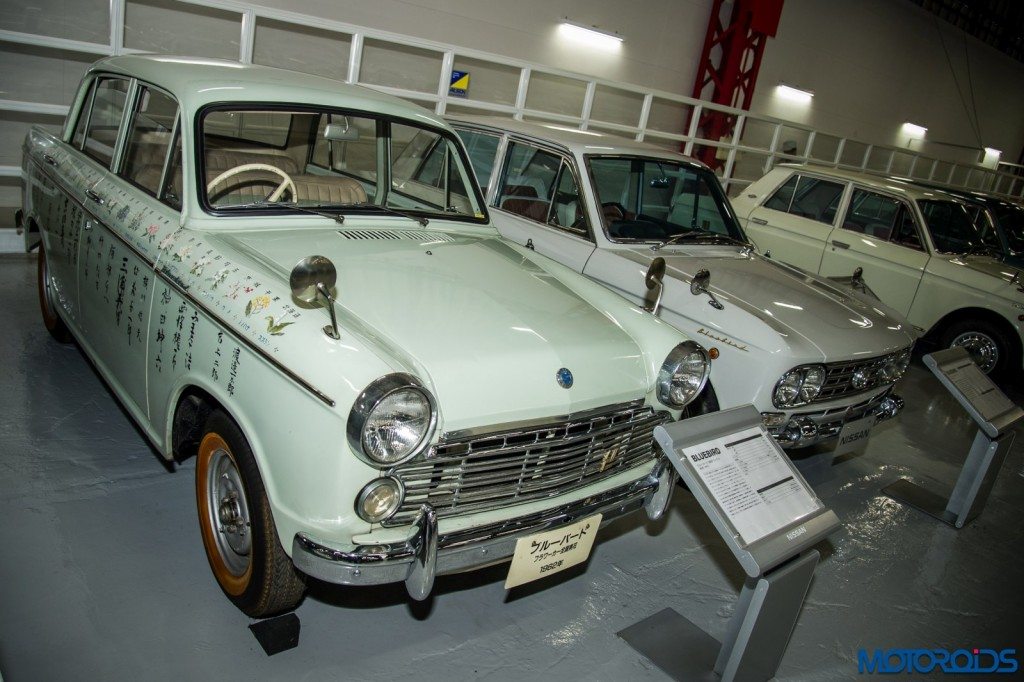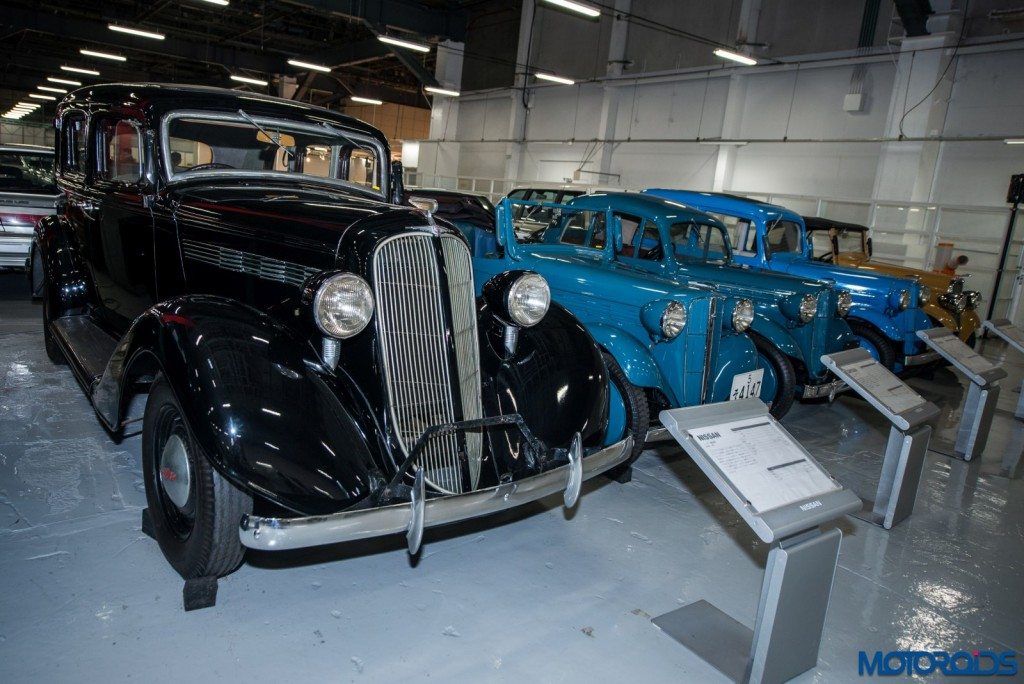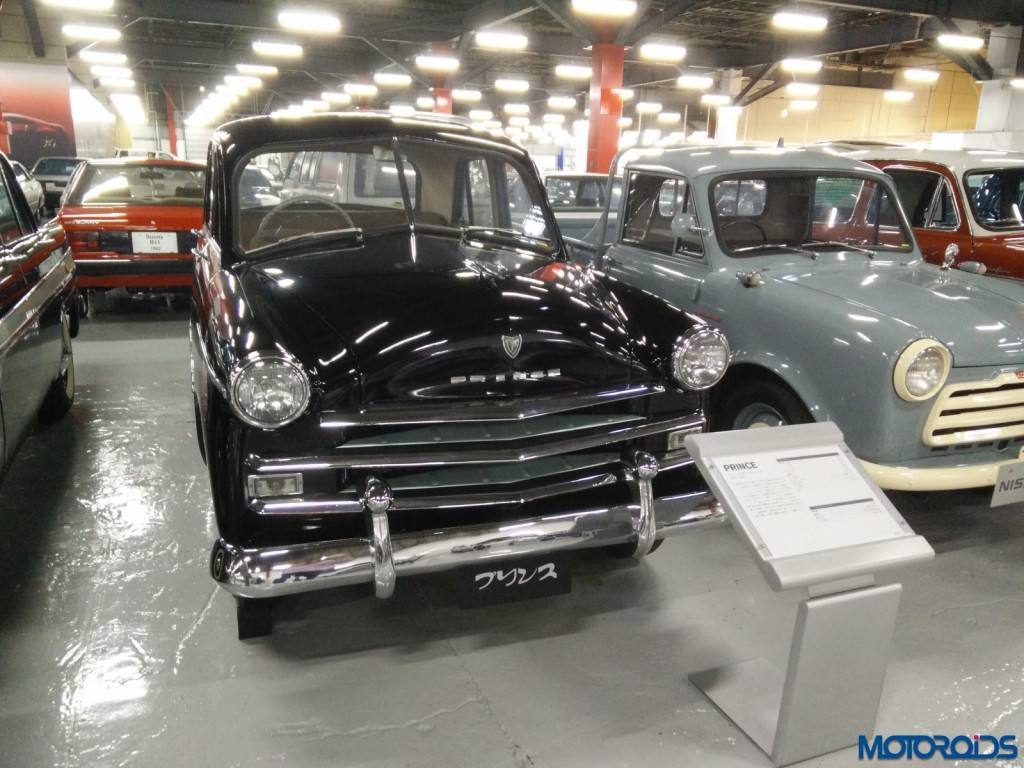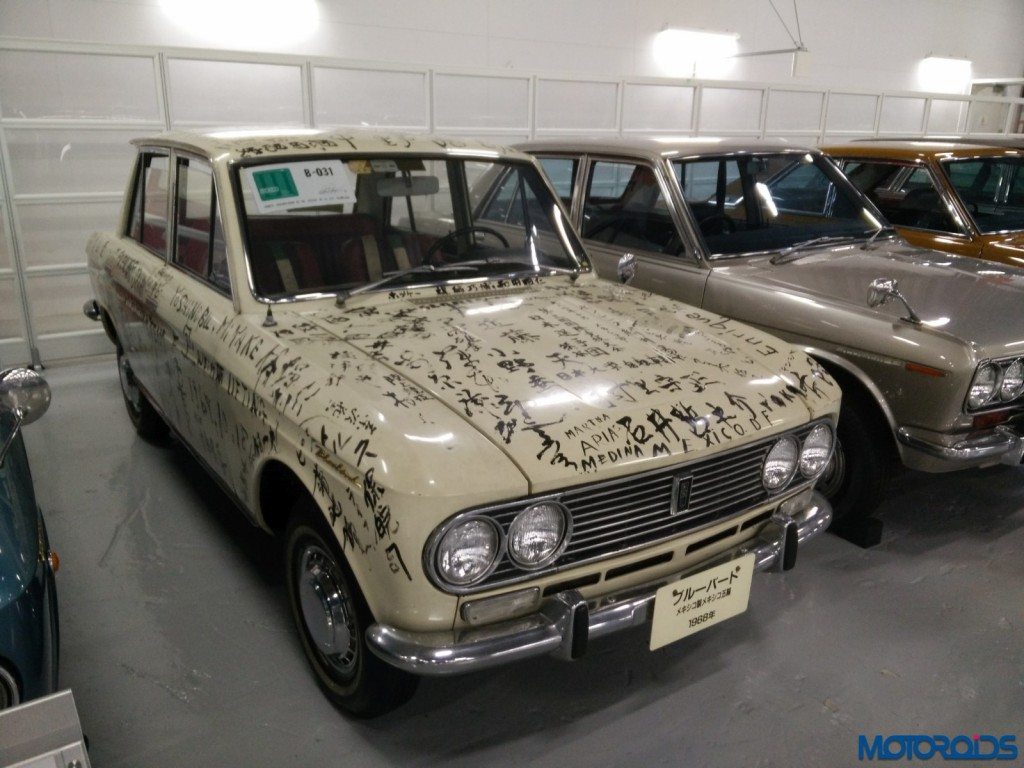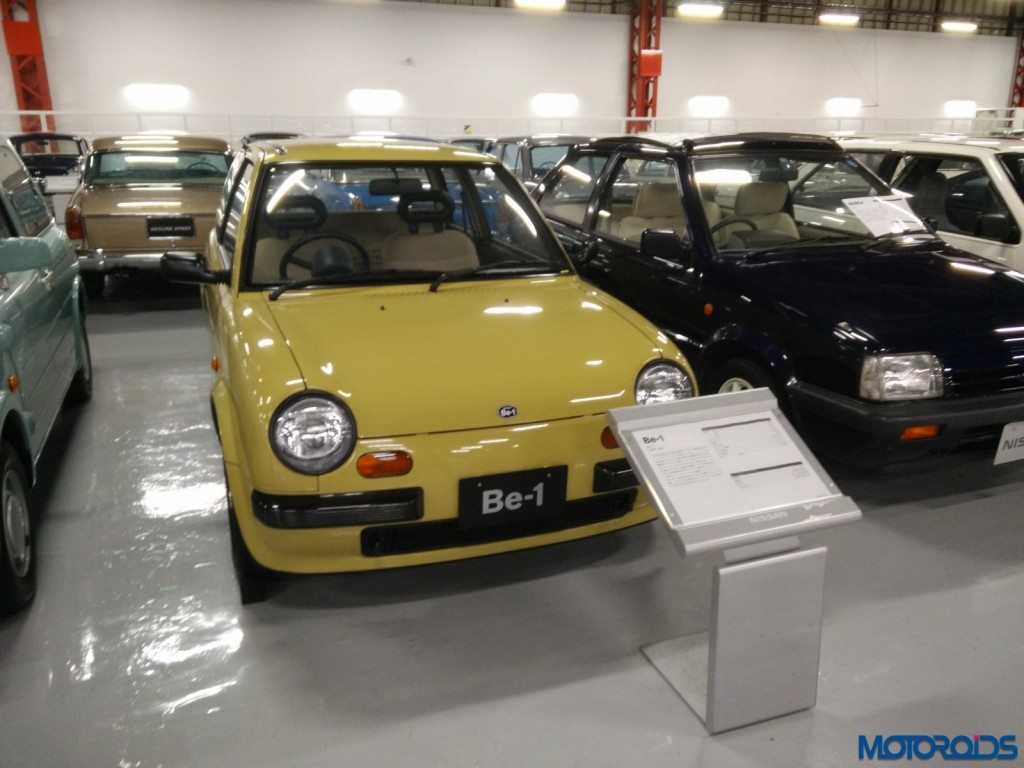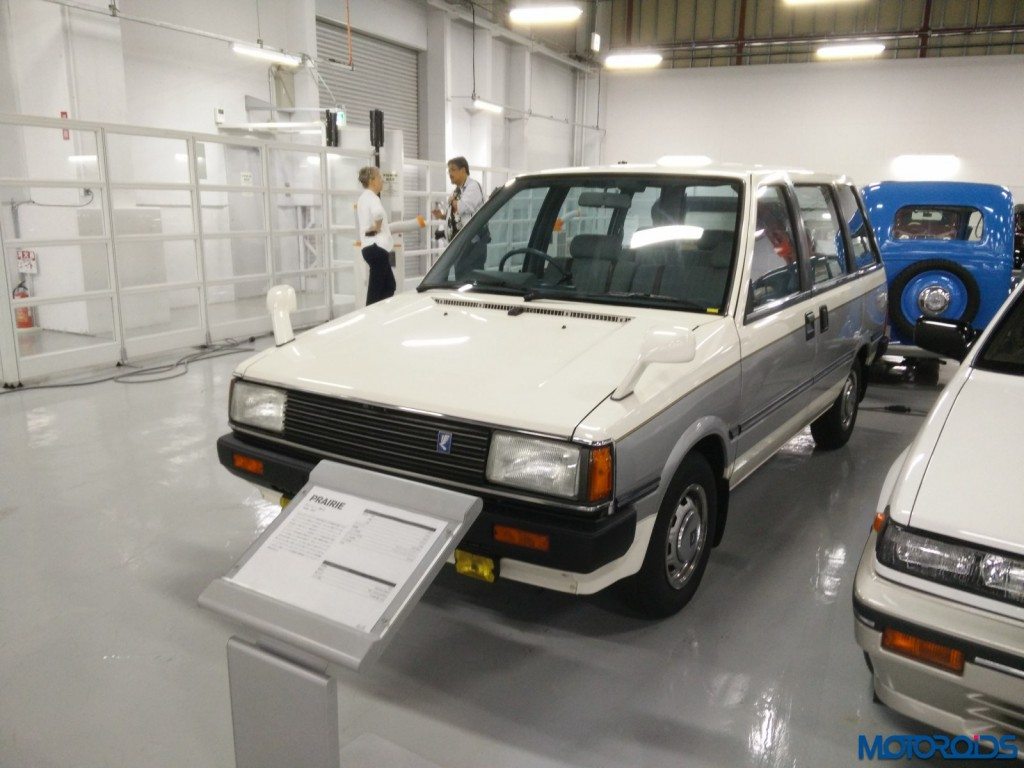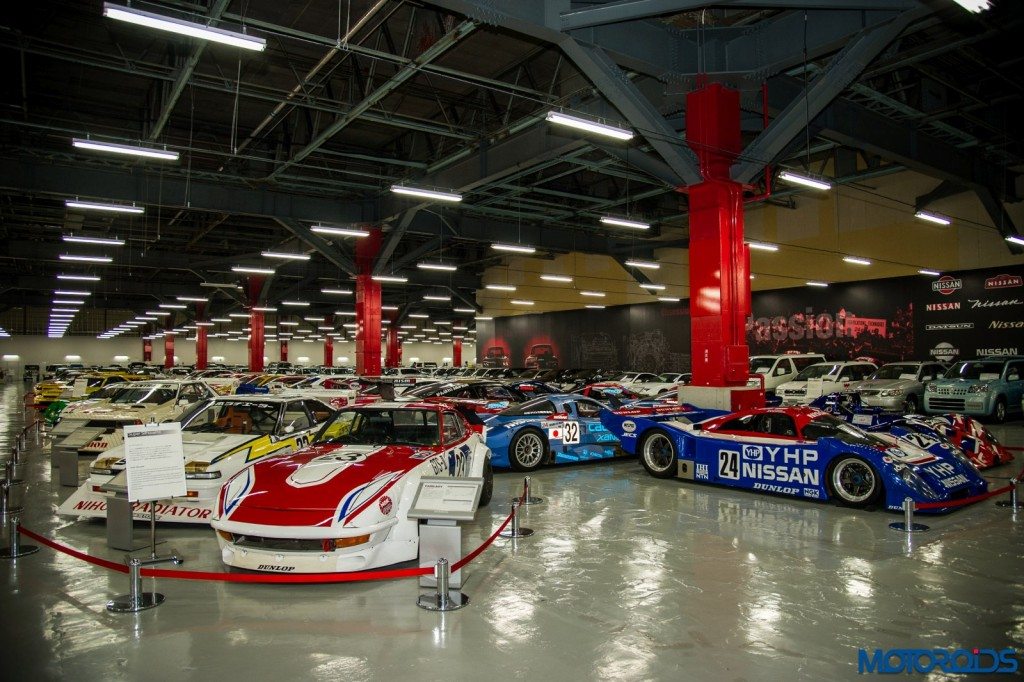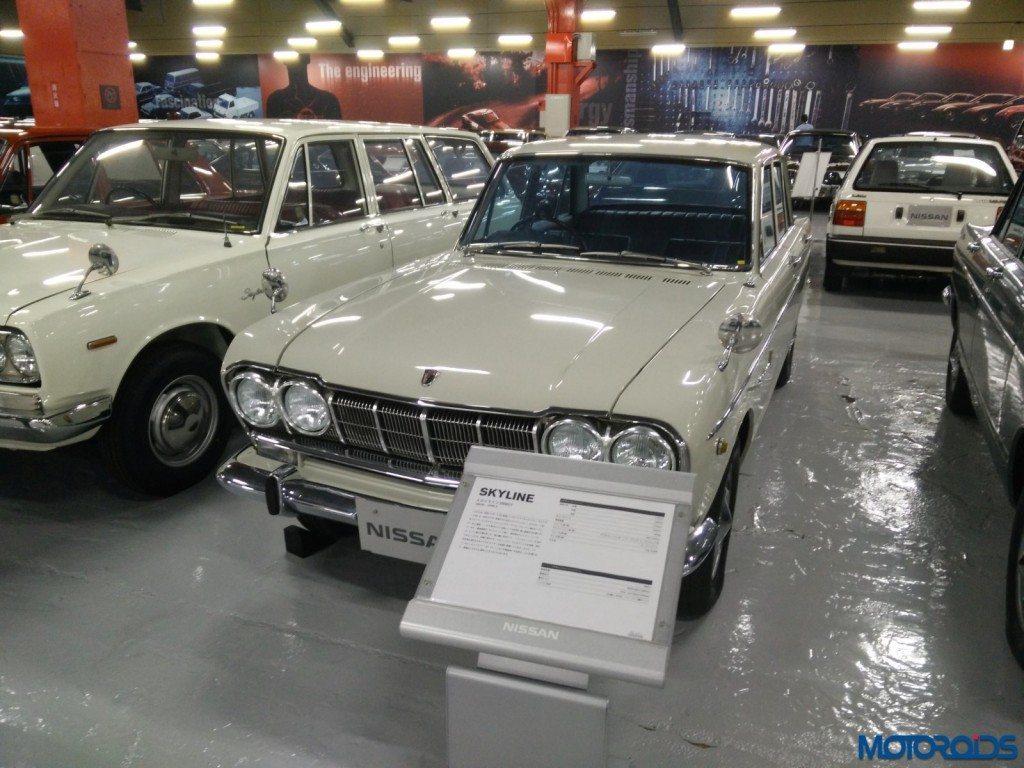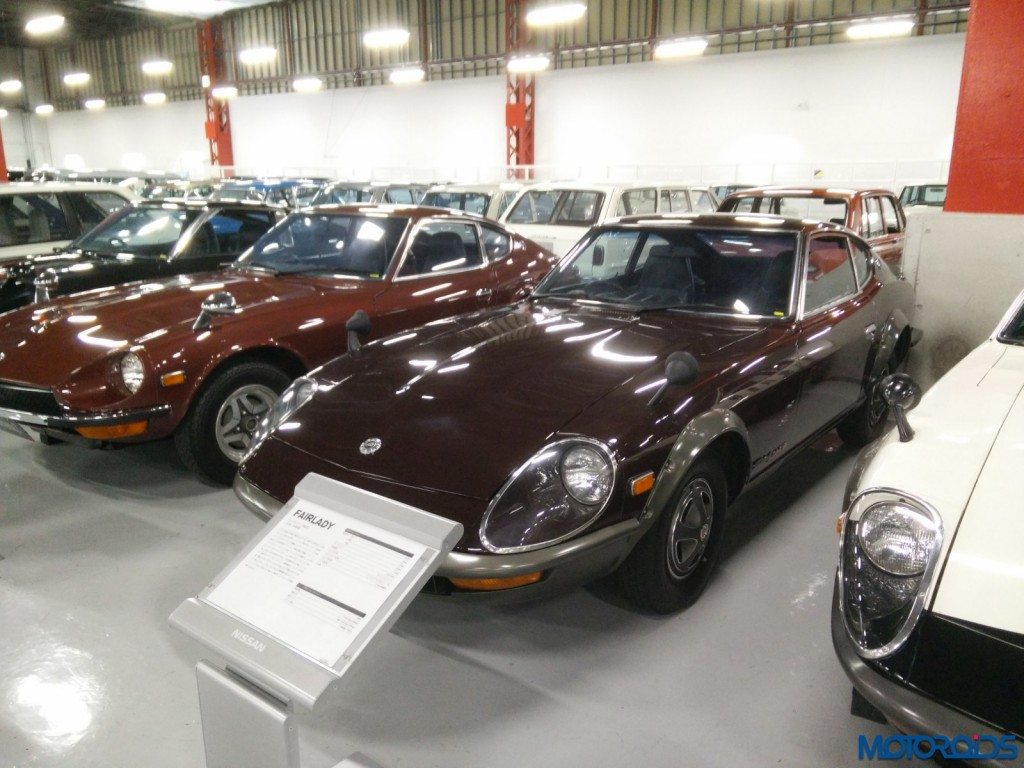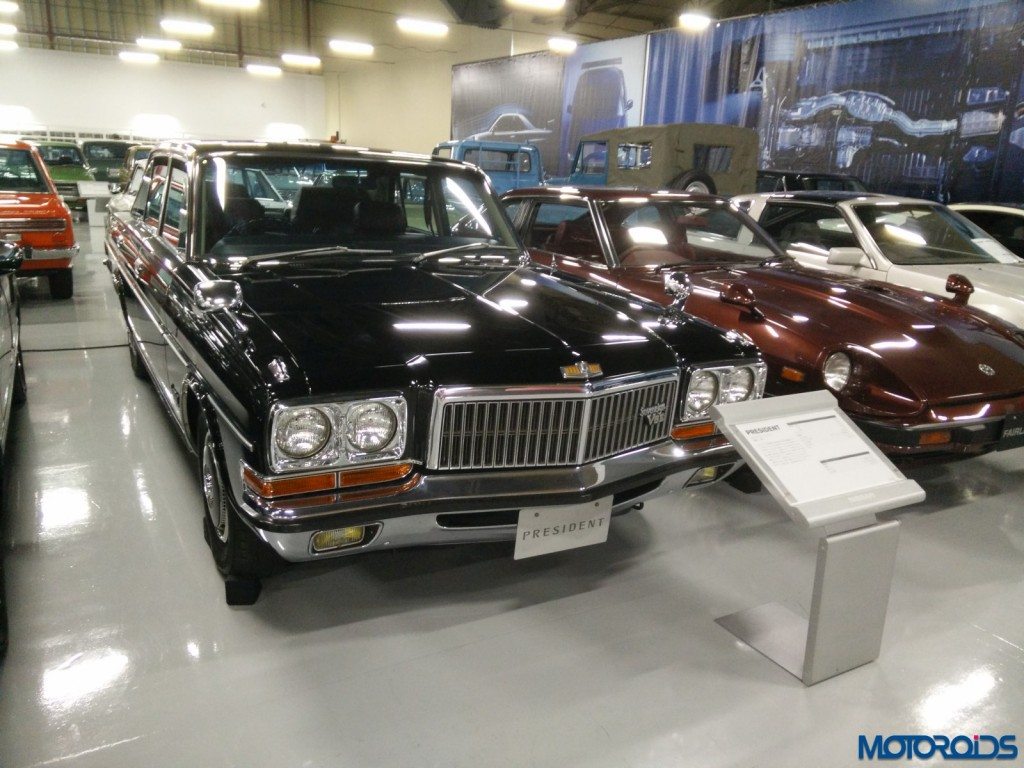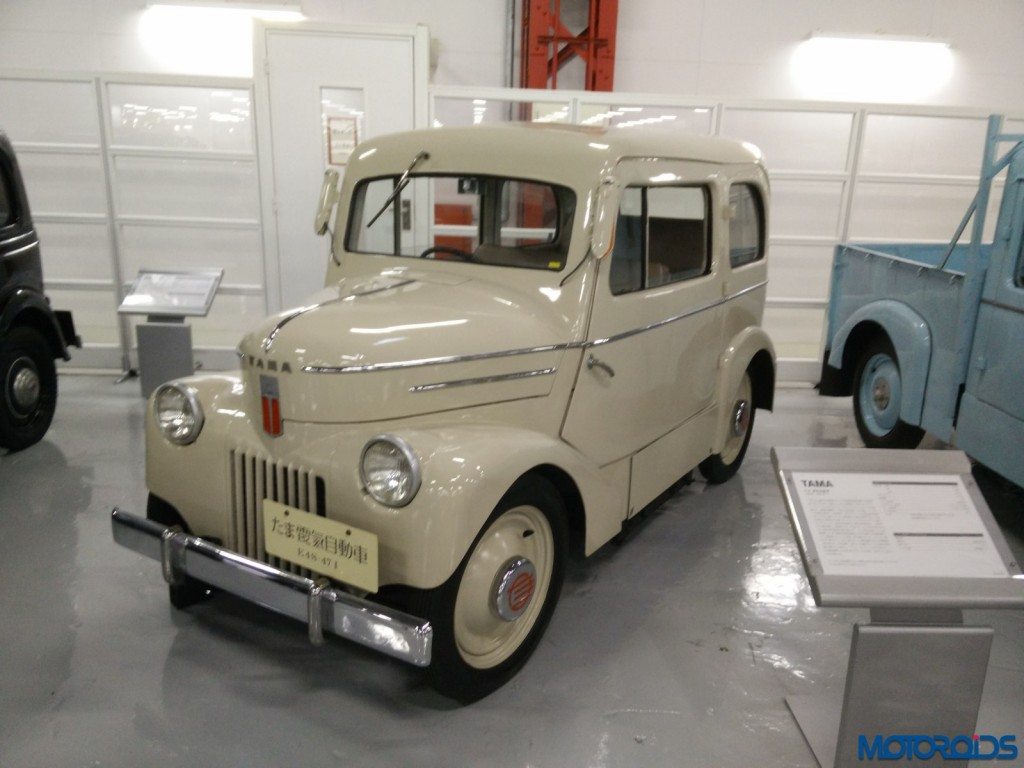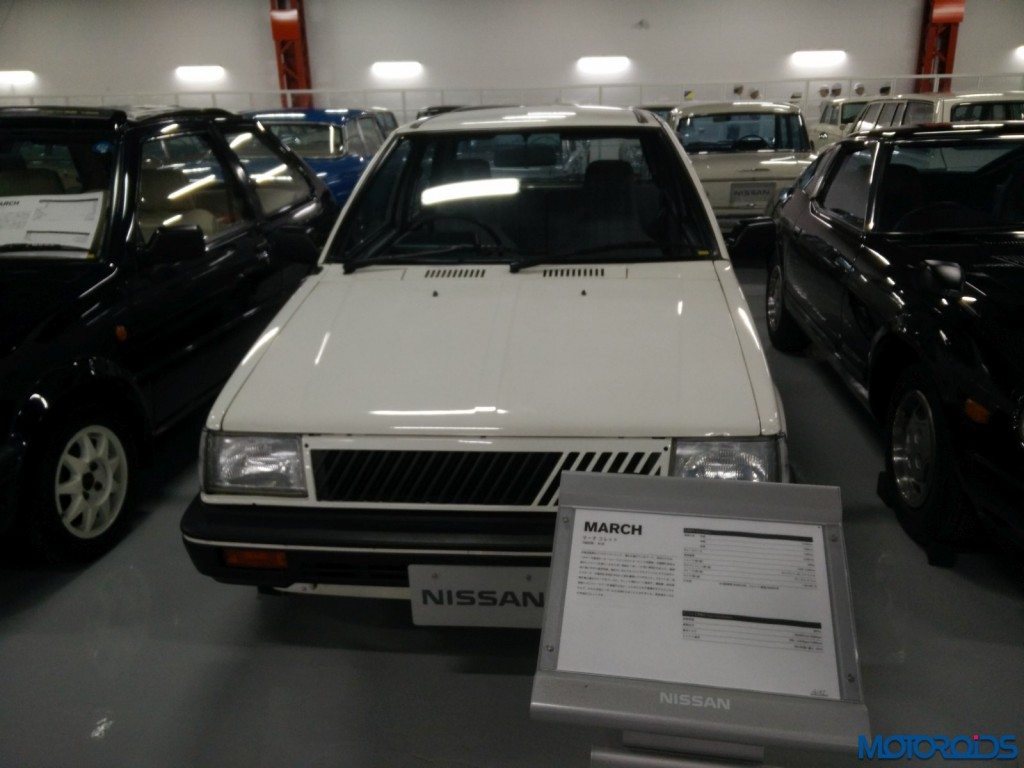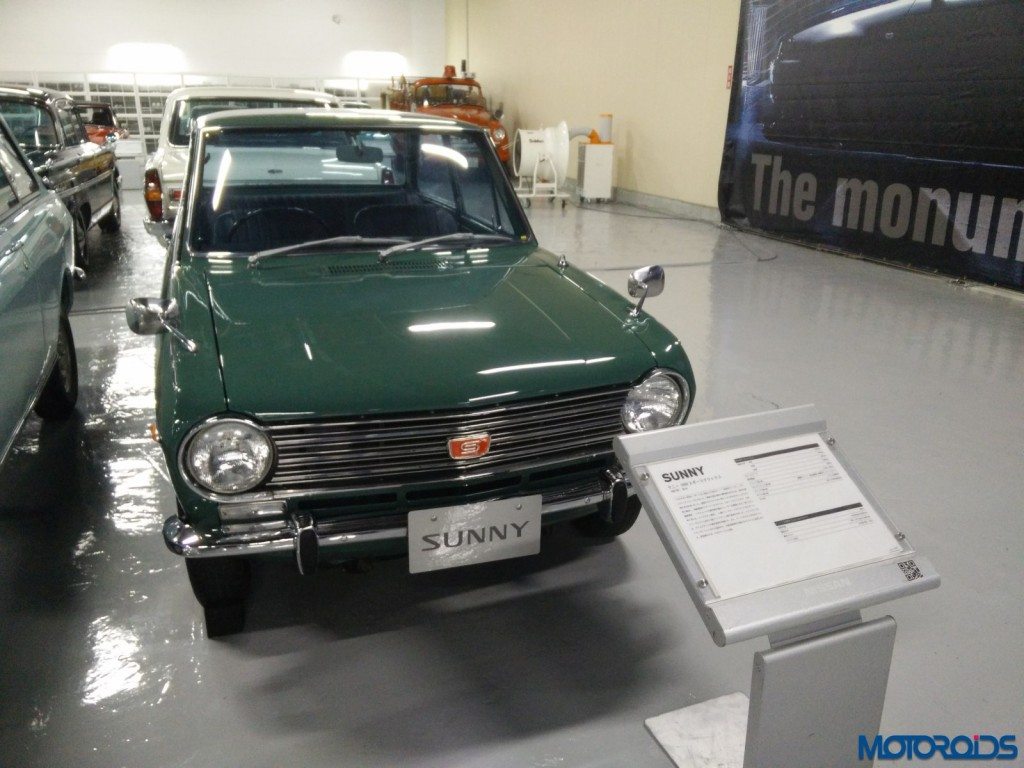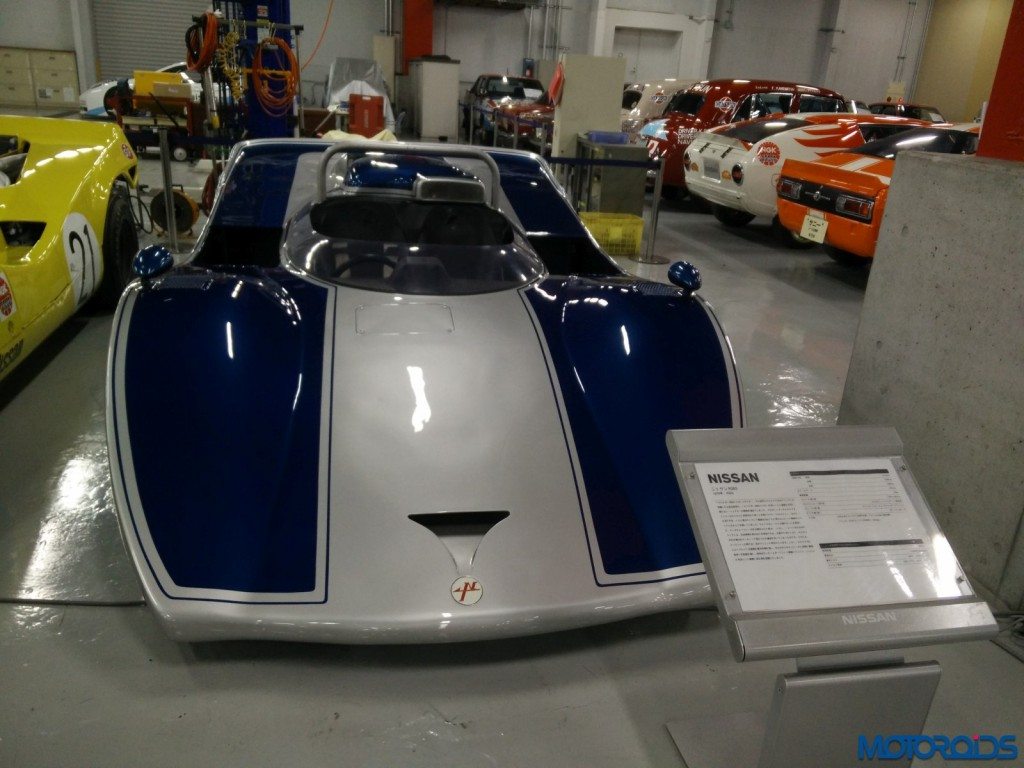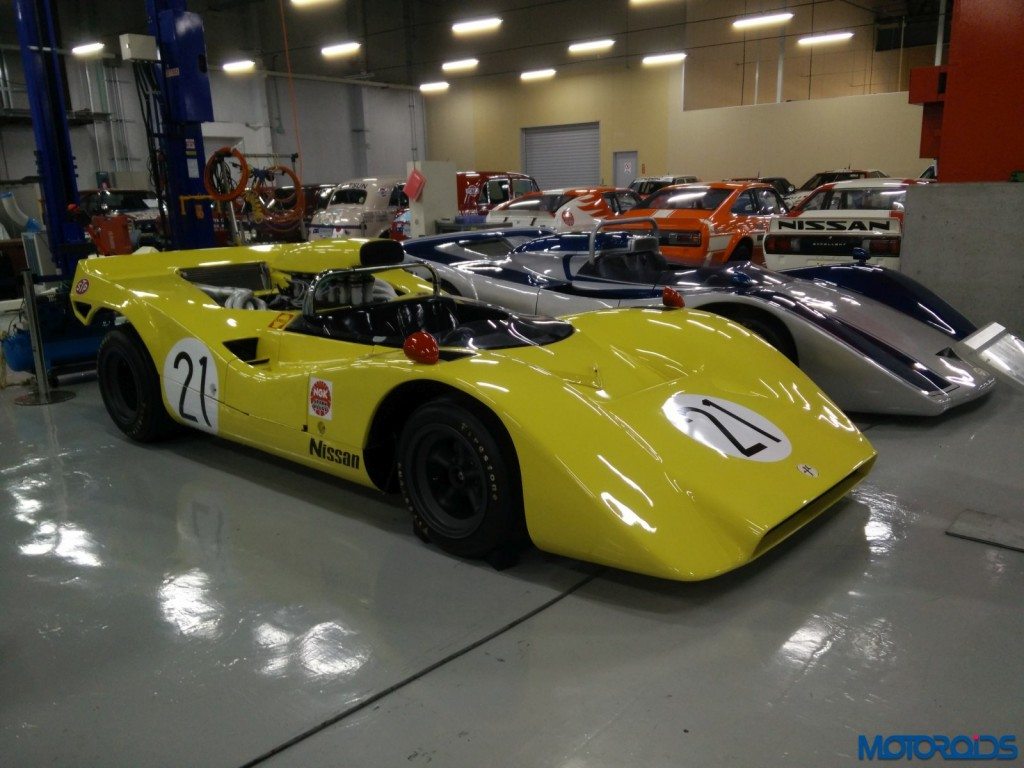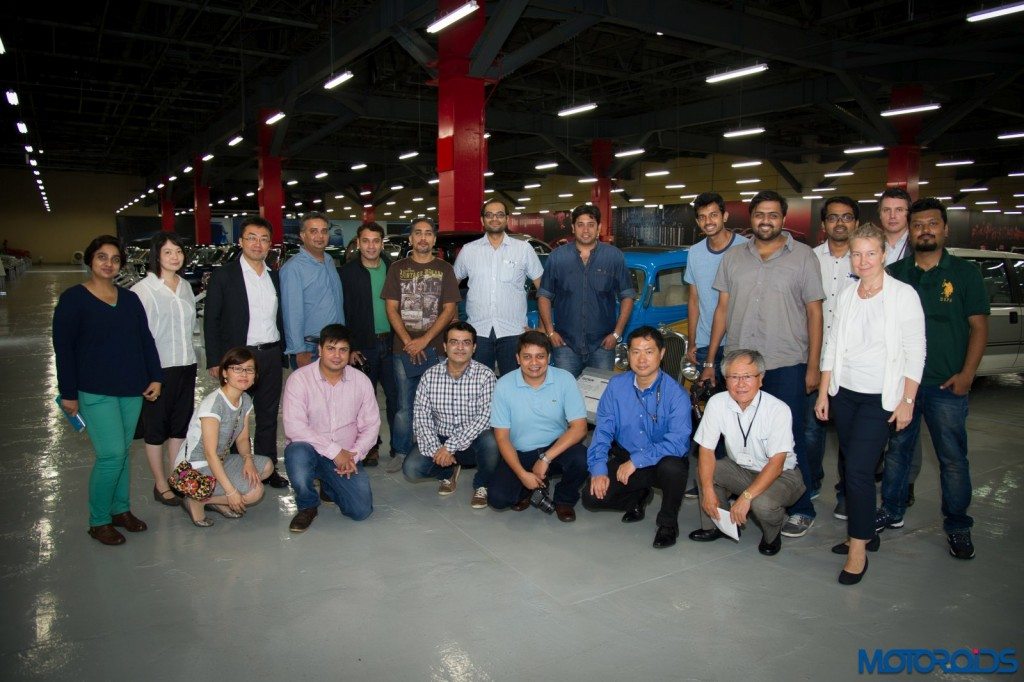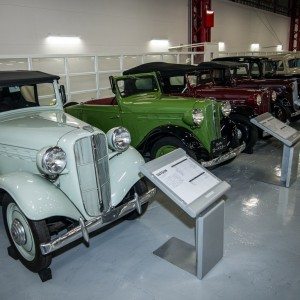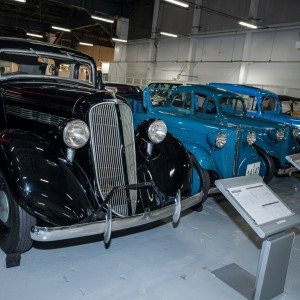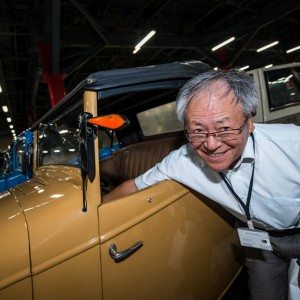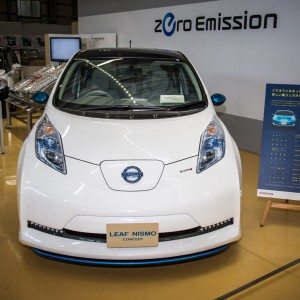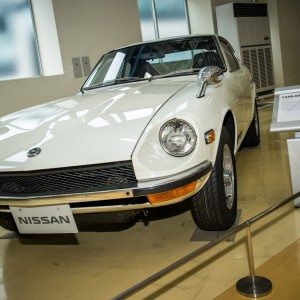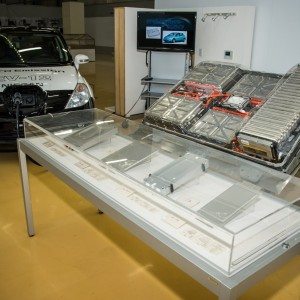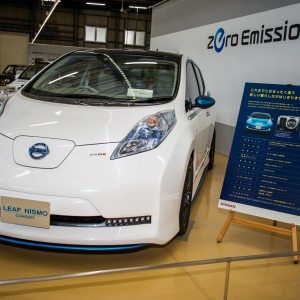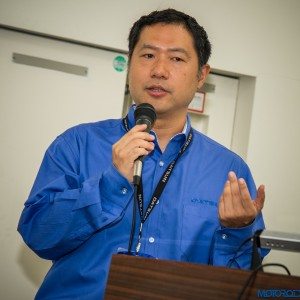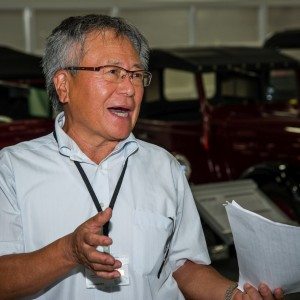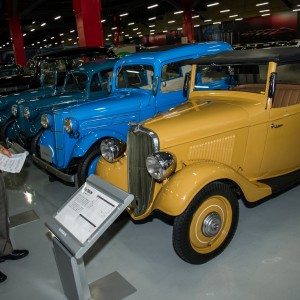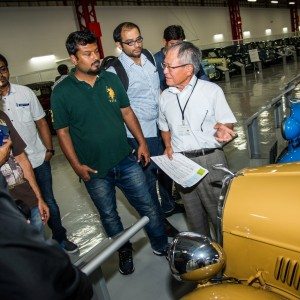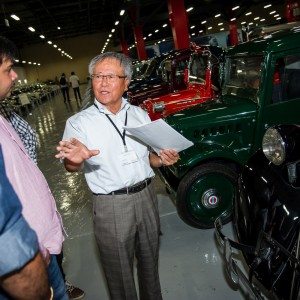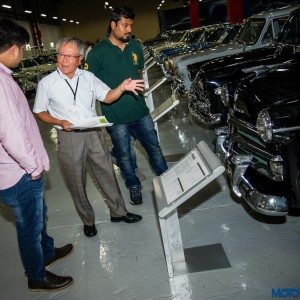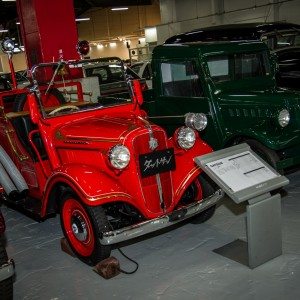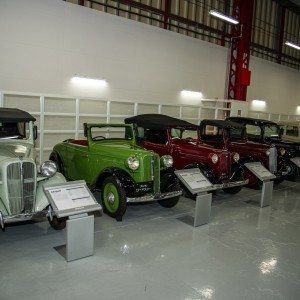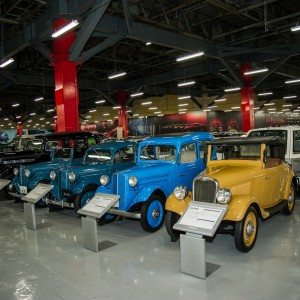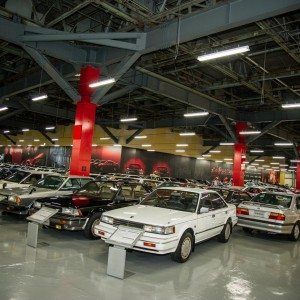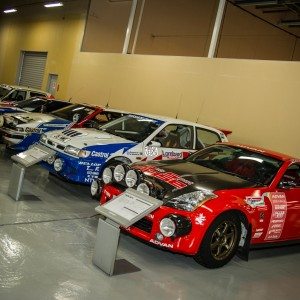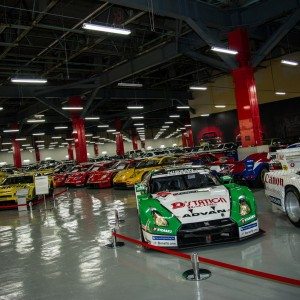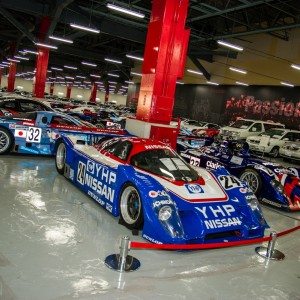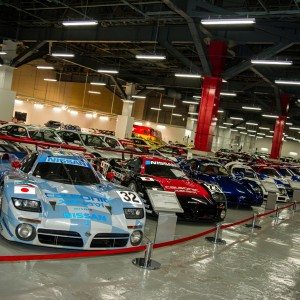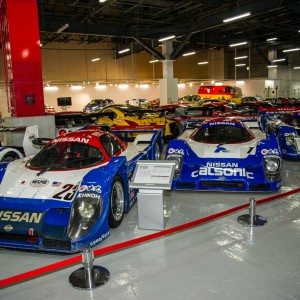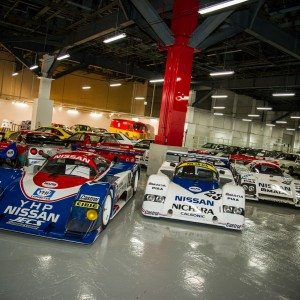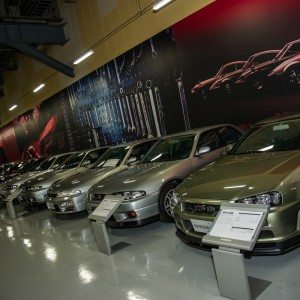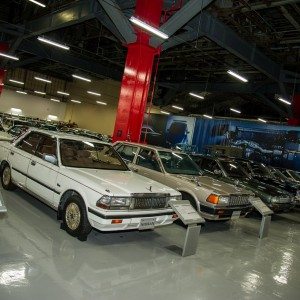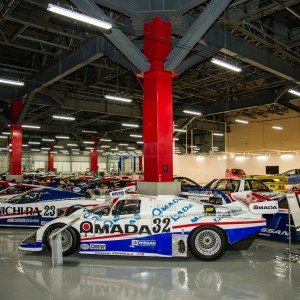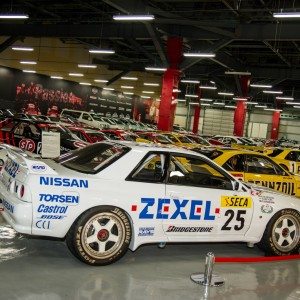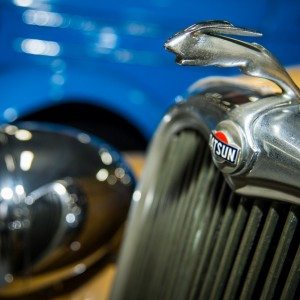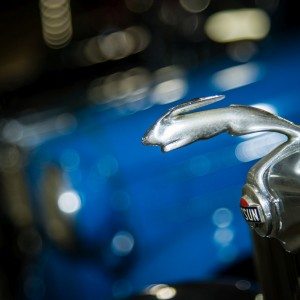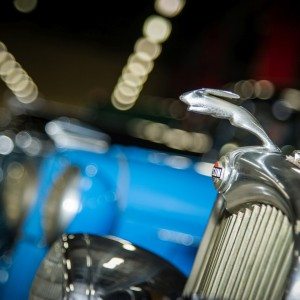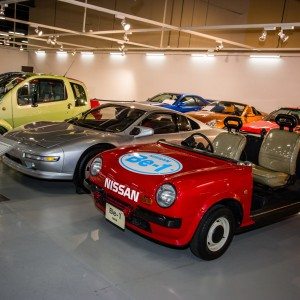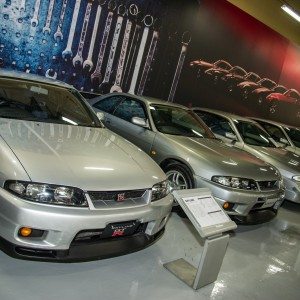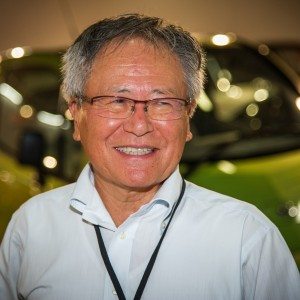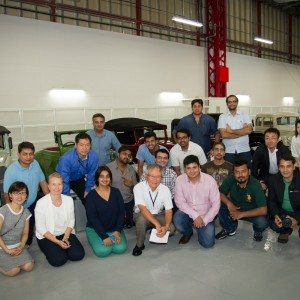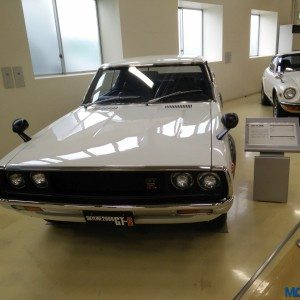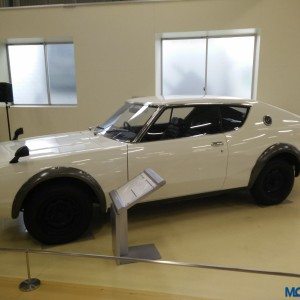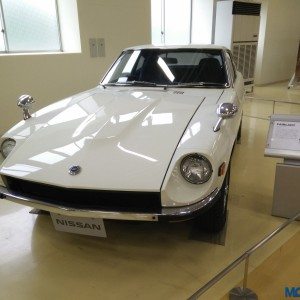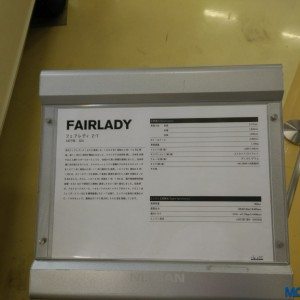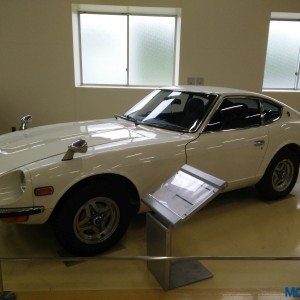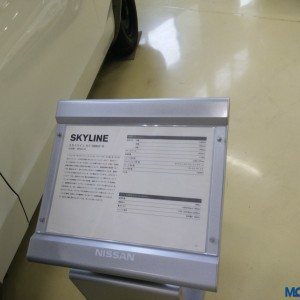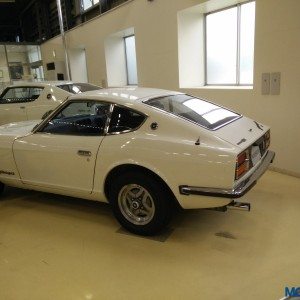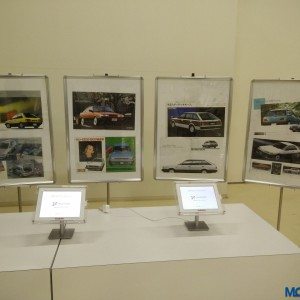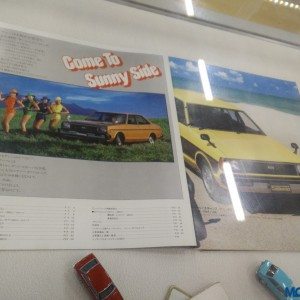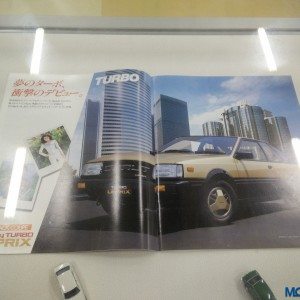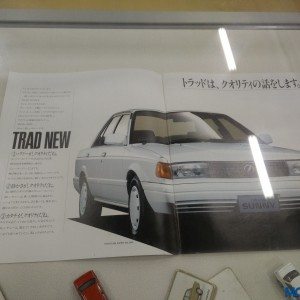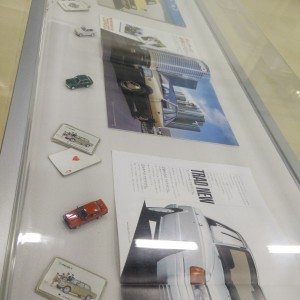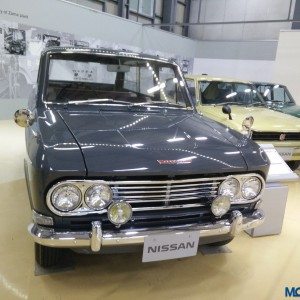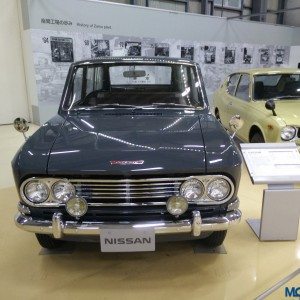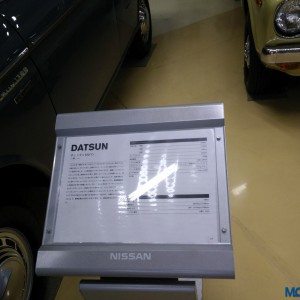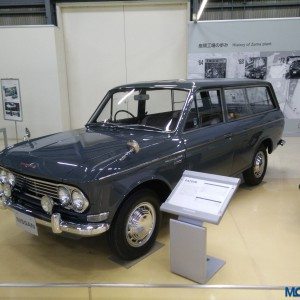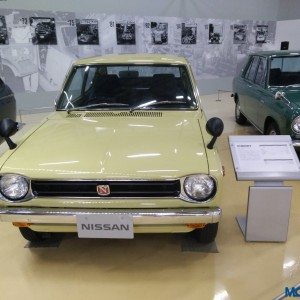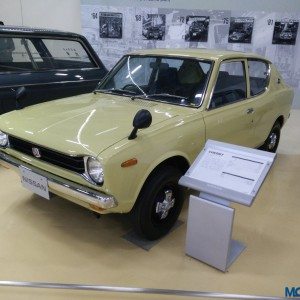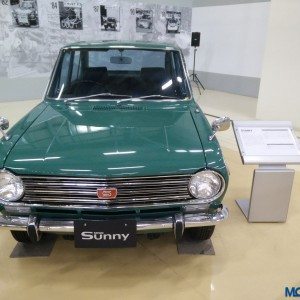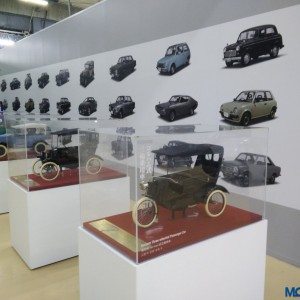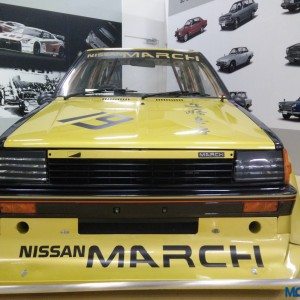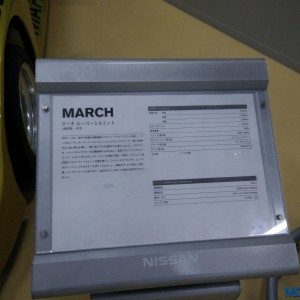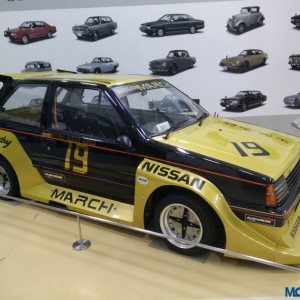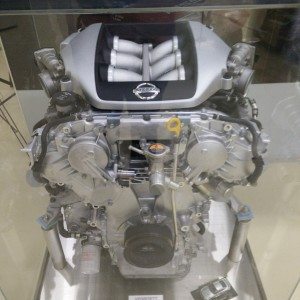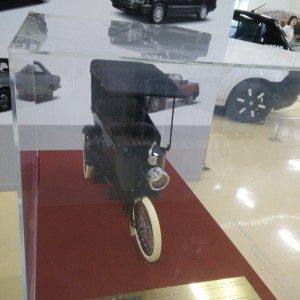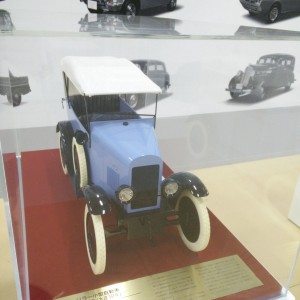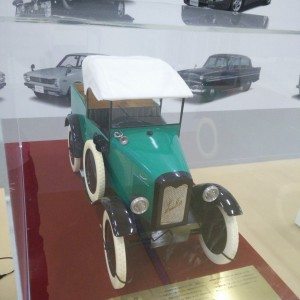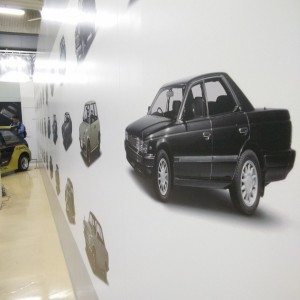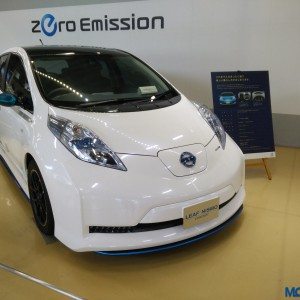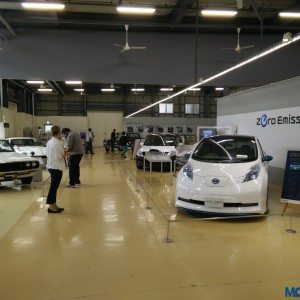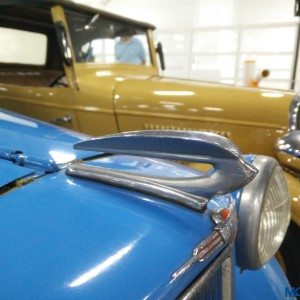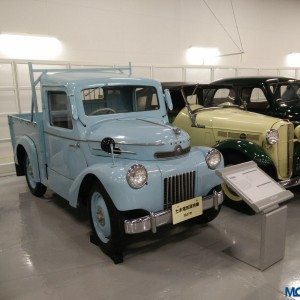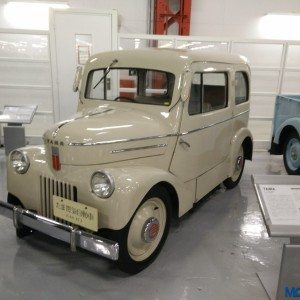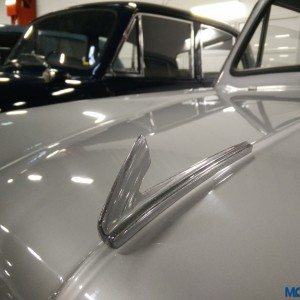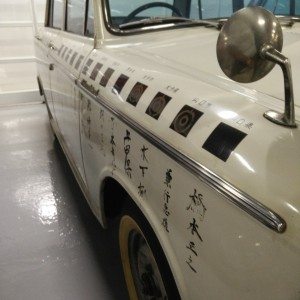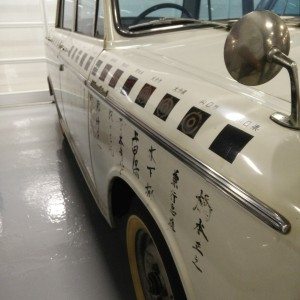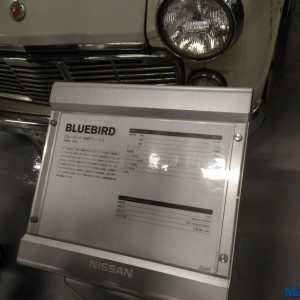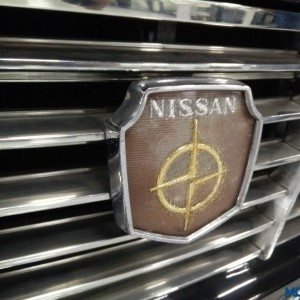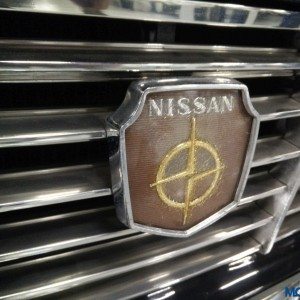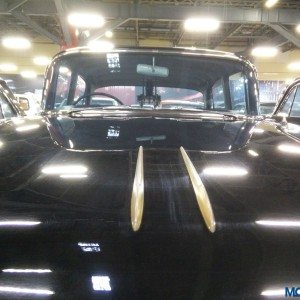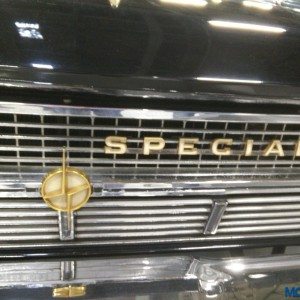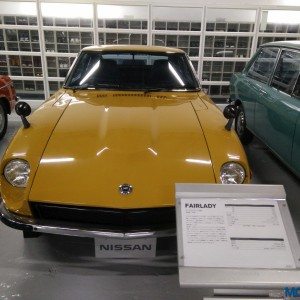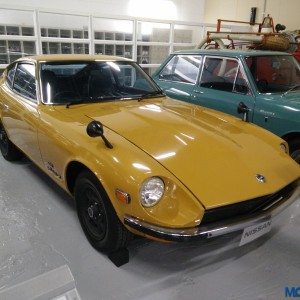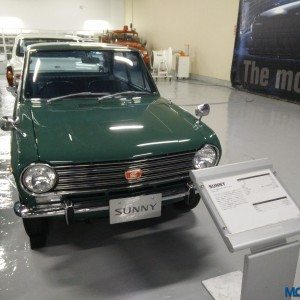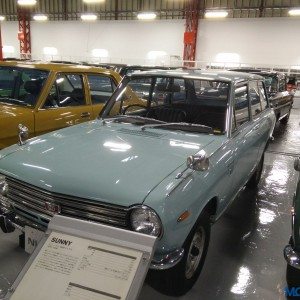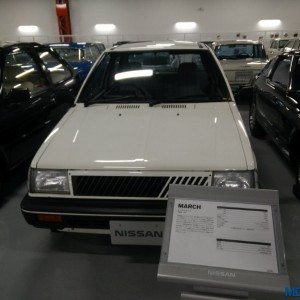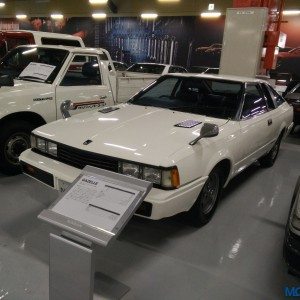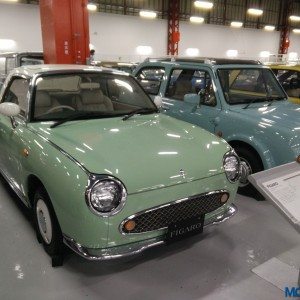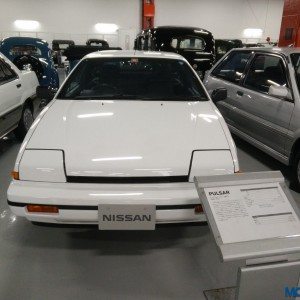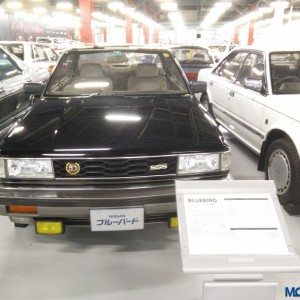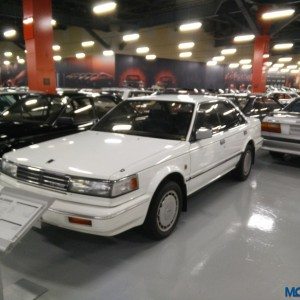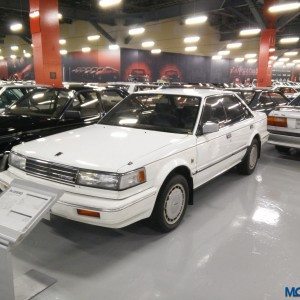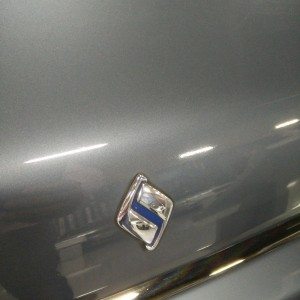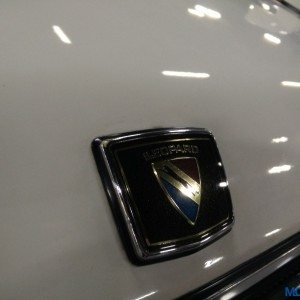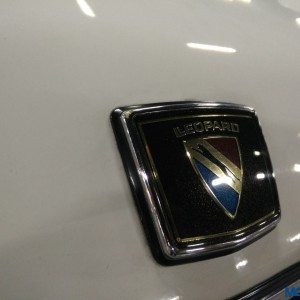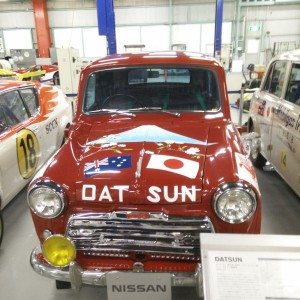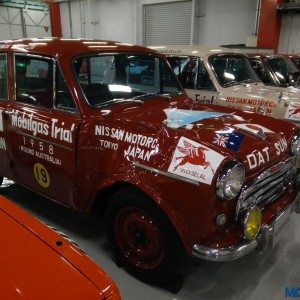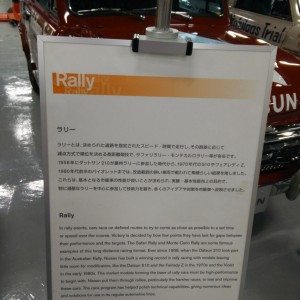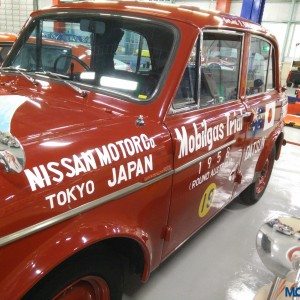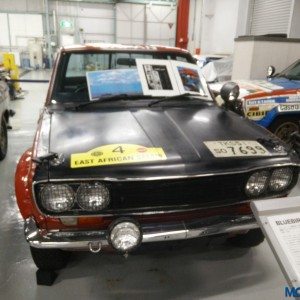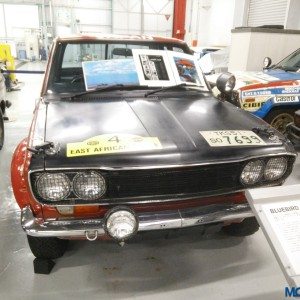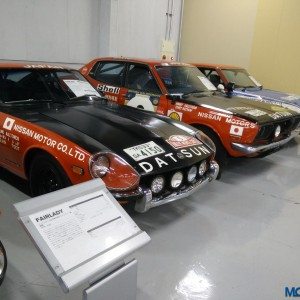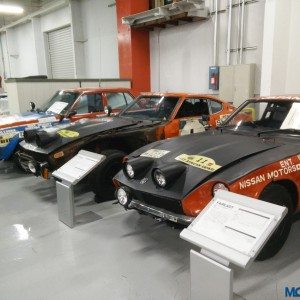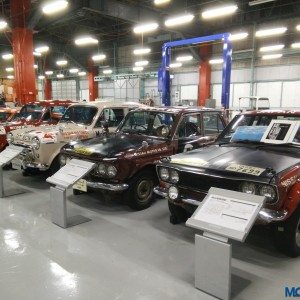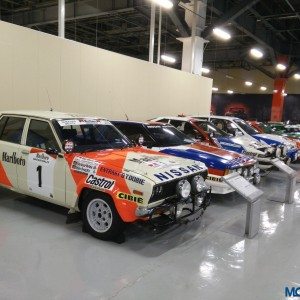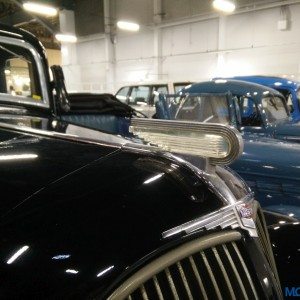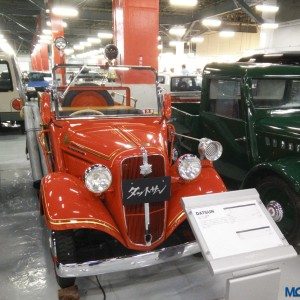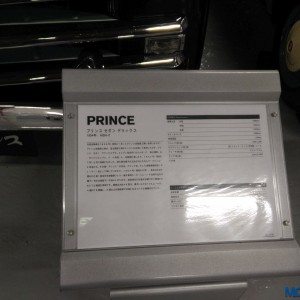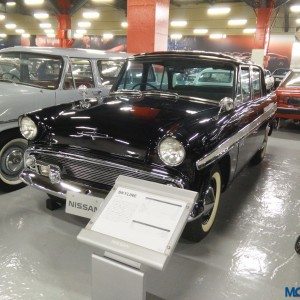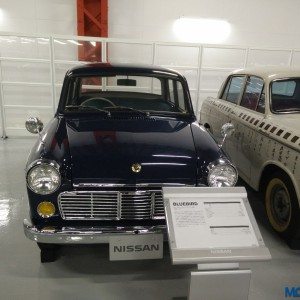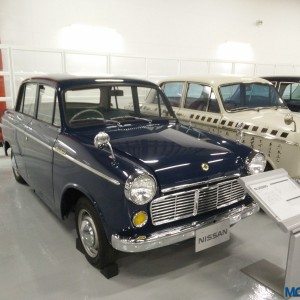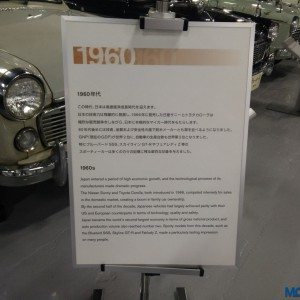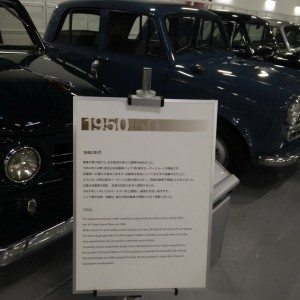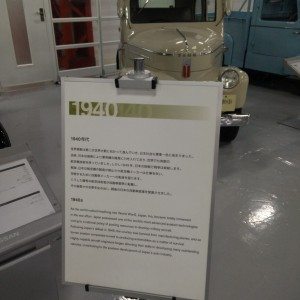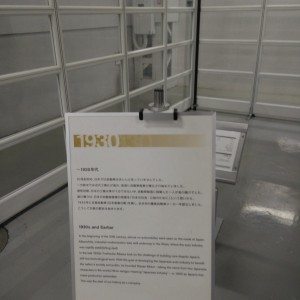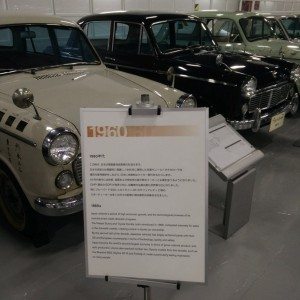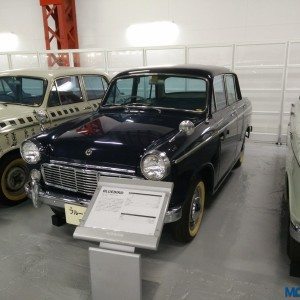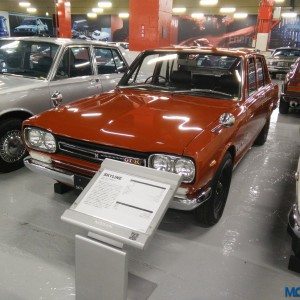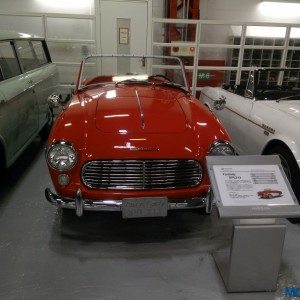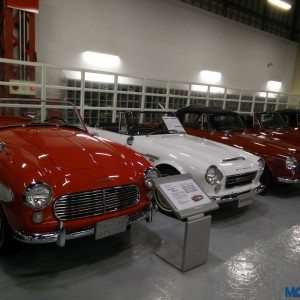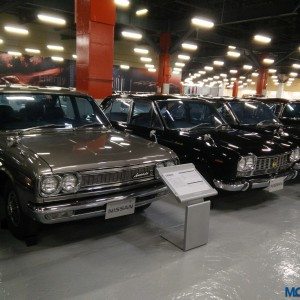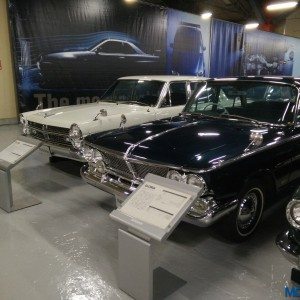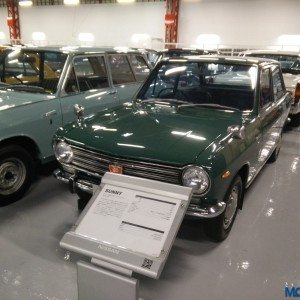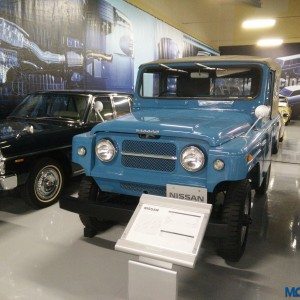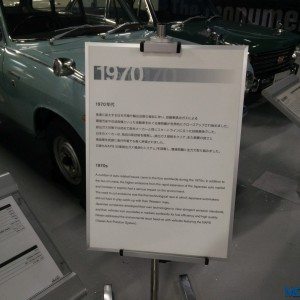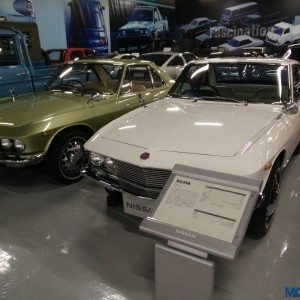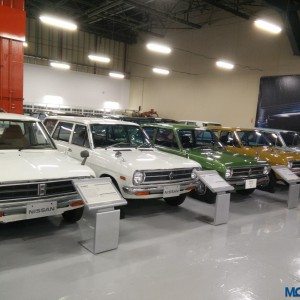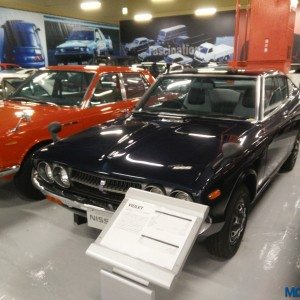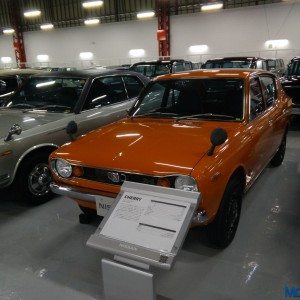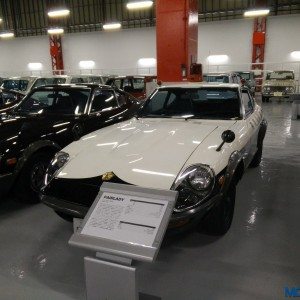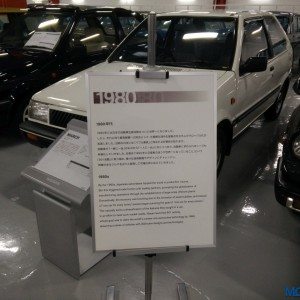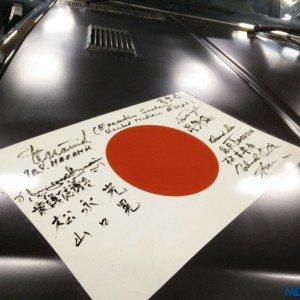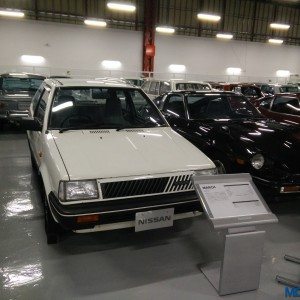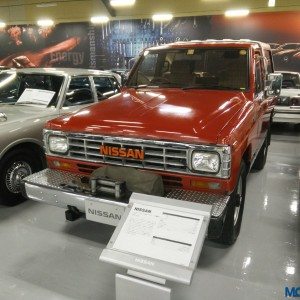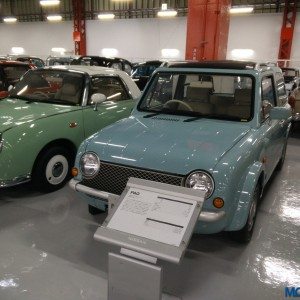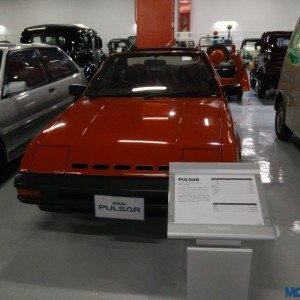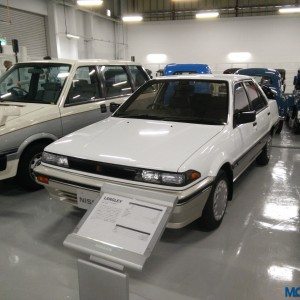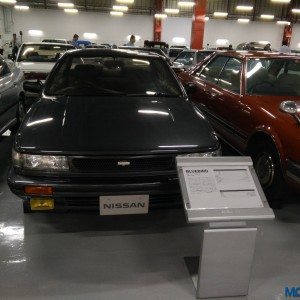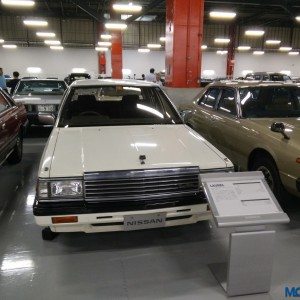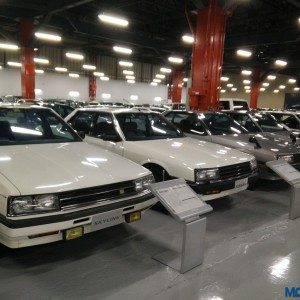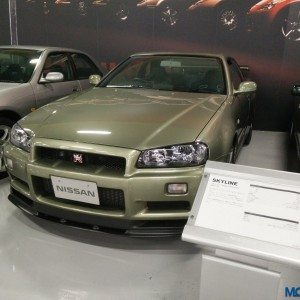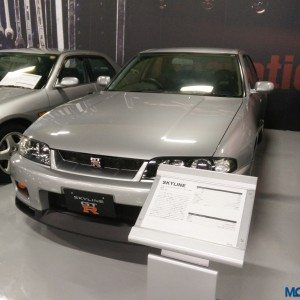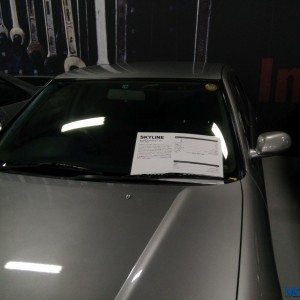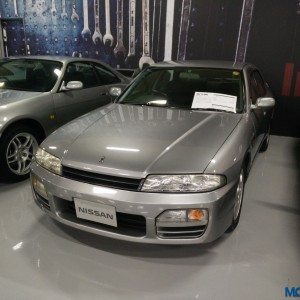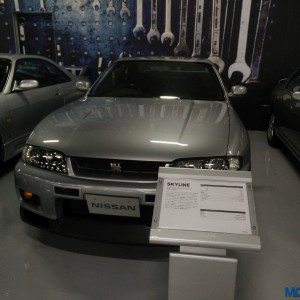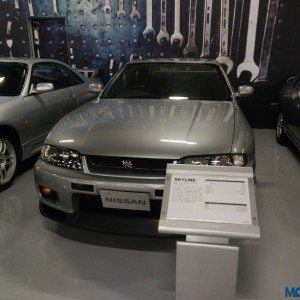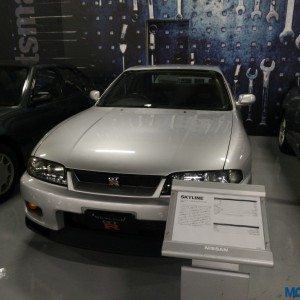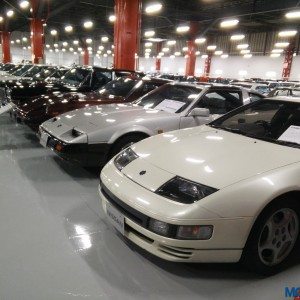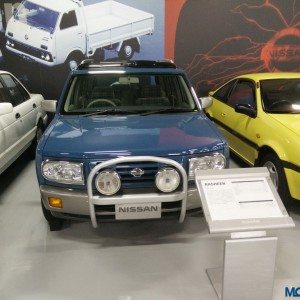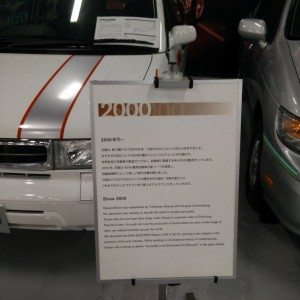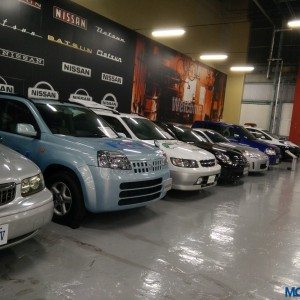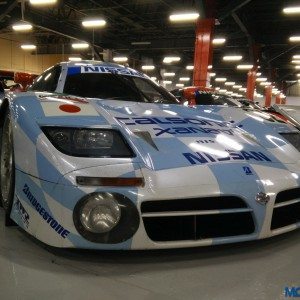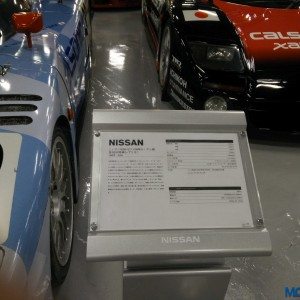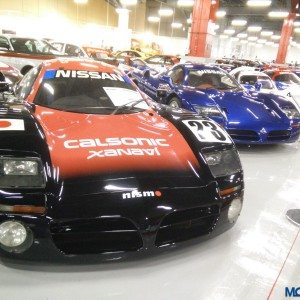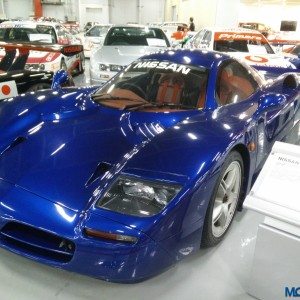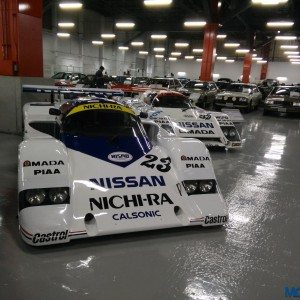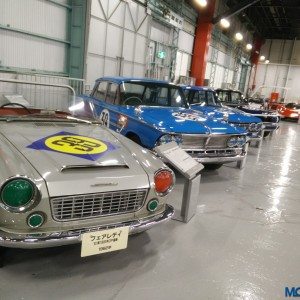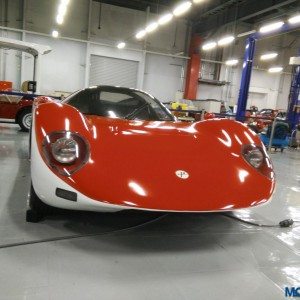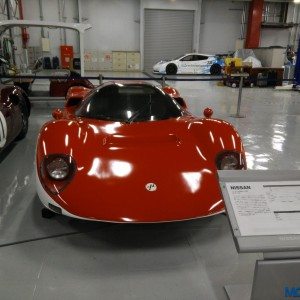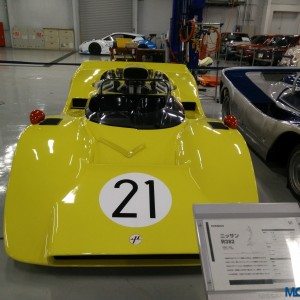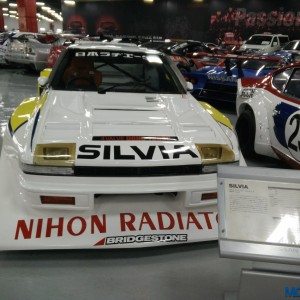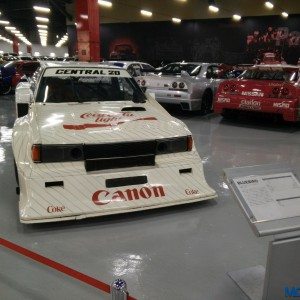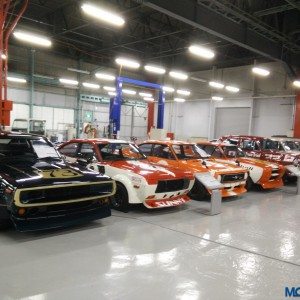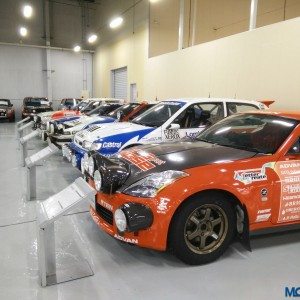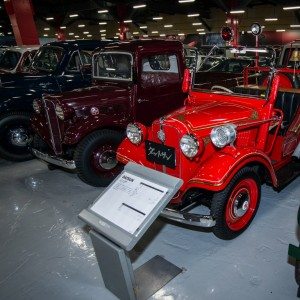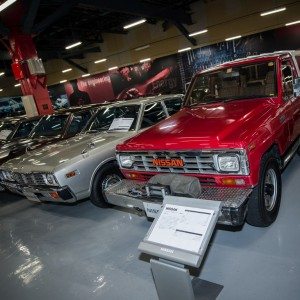Hiding quietly behind the walls of Nissan’s facility at Zama is a collection of about 250 cars from the rich history of the brand which started its journey as Datsun in the most recognizable form.
In fact, Nissan as we know it had its earliest roots in a company called Kwaishinsha Motor Works Co. formed in 1911 in Tokyo by Masujiro Hashimoto. At 37 years old, Hashimoto founded the Kwaishinsha, Co. After graduating from the “School of Industry in Tokyo” in Kuramae, Tokyo Japan, he was then selected by the Japanese government (Ministry of Agriculture and Commerce) as a trainee to study industrial arts in the U.S. for several years. He was an enthusiastic engineer full of ambition
Masujiro Hashimoto
William R. Gorham
His contemporary, although not a compatriot William R. Gorham formed his own company namely Jitsuyo Jidosha Seizo Co. in 1919 at Osaka.
Both these companies merged in 1926 to form Dat Jidosha Seizo Co. Company’s founder Masujiro Hashimoto had three principal backers, Kenjiro Den, Rokuro Aoyama, Meitaro Takeuchi. The letters D, A and T in the word Datsun represent the first letters of the family names of the trio.
The DAT car, which was originally developed by Kwaishinsha Motor Works, was a relatively large-sized vehicle. However, the Japanese market in the 1930s dictated a need for small, basic, lightweight and economical vehicles. “DATSON” was the name given to the small prototype car with 495cc engine named, meaning “the Son of DAT.” It was later changed in favor of “DATSUN” because “son” in Japanese means “loss”.
Nissan 70 passenger car, the first “NISSAN” branded model was launched in 1937. Later, in July 1981, Nissan Motor Co., Ltd. announced abolishment of Datsun brand globally to enhance its corporate identity. By 1983, Datsun brand had completely been abolished and merged entirely into Nissan brand.
Through all these years, to date, when Datsun has re-emerged as a brand to cater to up and coming markets, the Nissan group has been a dominant force in the world car market. The company’s heritage garage at its Zama Facility chronicles its journey through the sands of time with a rich collection of cars, dating back to the beginning of a hugely successful journey. While the garage is not open for public viewing, occasional tours are organized, only in Japanese language.
We would like to extend our heartfelt thanks to Tatiana Natarova, DGM, Datsun Global Communications, all the individuals from Nissan-Datsun Japan involved in the activity and our own Indian team of Datsun Nissan communications including Ghazal Javed and Lavanya Wadgaonkar for providing us an opportunity to witness the history of these great brands in the flesh.
In the images below, we have tried to chronicle the history of the brand briefly through images and the story behind every car model. We hope you enjoy it.
Datsun 14 Roadster (1935 : 14)
Jidosha-Seizo Co., Ltd. established in December 1933, became Nissan Motor Co.,Ltd in the following year and started full-scale production. At the company’s new factory in Yokohama, the first car to come off the line was this “14”(April 1935). It was powered by a new 722cc, 15ps engine. A distinguishing feature is the beautiful rabbit mascot created by Ryuichi Tomiya, who worked on the body design.
Datsun Bluebird 1200 Deluxe (1961 : P311)
The Datsun 310 (first-generation Bluebird) was launched in August 1959 as the 1,000cc and 1,200cc series. The first-ever independent front suspension attracted a great deal of attention. Launched in October of the following year, the 311 had an upgraded 1,200cc engine, with output increased from 43PS to 55PS. Its top speed of 120km/h was the fastest of any domestically produced compact car at that time.
The ‘Dat’ in the name Datsun means rabbit in Japanese, thus a leaping rabbit was chosen as the emblem for the early Datsun cars
With time, the leaping rabbit became more and more discreet in its shape, representing only a blurry outline of a rabbit in motion
Datsun Bluebird 1200 Deluxe (1962 : P312)
The 310 attracted a crowd of 120,000 people to the official launch in 1959, and 20,000 units had been shipped by March of the following year; exports to America had also started. In October 1960, the 310 was introduced; it was equipped with a full-synchromesh transmission. And in September of the following year, the 312 with its larger tail lights appeared. This “Flower Car” vehicle was one of those used in a nationwide campaign, so the body is decorated with each prefecture’s official flower and its governor’s signature.
NISSAN Passenger Car (1938 : 70)
Until the introduction of corporate identity guidelines in 1981, two different car names (brand names) were used: small cars were called “Datsun” while large vehicles were named “Nissan”. The first NISSAN model was made with equipment purchased from an American company, Graham Paige Motors Corp., so the size of the vehicle was comparable to the Fords and Chevrolet at that time. The first car came off the line in March 1937.
Prince Sedan Deluxe (1954 : AISH-2)
Launched in March 1952, this car was named “Prince” in honor of the investiture of Crown Prince Akihito. This commemorative car was the actual vehicle used by the then Crown Prince (the current Emperor). In 1954, it was highly praised at the first Tokyo Motor Show held in Tokyo’s Hibiya district. It was the first domestic car with more than 2 gears to have synchromesh. Maximum engine output was 45PS.
Datsun Bluebird 1300 (1968 : PL411)
This is the final model of the 410 (Nissan Mexicana’s left-hand drive car) launched in September 1963. This was the vehicle provided for the Japanese team at the Mexico Olympics in October 1968 and it was autographed by the whole team on the last day. At these Olympics, Japan excelled in the men’s gymnastics, wrestling, weightlifting and soccer, winning 11 gold, 7 silver, and 7 bronze medals.
Be-1 (1987 : BK10)
Based on a “nostalgic modern” concept, the Be-1 design was well balanced, using rounded features typified by the headlights. The concept extended to the cabin interior, with its full-cloth knit upholstery and round ventilation grilles combining comfort and fun. Notable was its use of recyclable thermoplastic resin (a world first). The canvas top version was launched in March 1987.
Prairie JW-G (1984 : M10)
The first-generation Prairie was a pioneer in the multipurpose RV market, which eventually led to today’s popular minivans. It was launched in August 1982. Thanks to its FF design, it offered two sliding side doors on both sides, without the obstruction of a central pillar, something not seen on any other passenger vehicle at the time. This made getting in and out much easier. The JW-G was an 8-seater; a 5-seater and 3/6-seater were also available.
Apart from the production cars, there is a separate section for the motorsports machines. We’ll pick a few of them later in the article
Prince Skyline 1500 Deluxe (1965 : S50)
The second-generation Skyline was launched in November 1963. Intended to be a true owner’s car, its design was based on a brand new concept, the complete opposite of the American styling of the large first-generation cars. The advanced, functional styling proved very popular, and TV commercials promoting the maintenance-free “sealed engine” attracted much interest.
Fairlady 280Z-T (1981 : HGS130)
The first-generation Fairlady Z (S30) was announced in October 1969 and launched in November that same year. In Japan, the 240Z was launched two years later in November 1971, followed by the 2/2 model in January 1974. In July 1976, this car evolved into the S31 (1976 “NAPS”=Nissan Anti-Pollution System= spec.). This Z-T (5-speed, floor shift only) was equipped with aluminum wheels, 195/70HR14 tires, and remote-controlled mirrors as standard.
President Sovereign (1980 : H252)
As Nissan’s flagship car, this high-quality sedan boasted the best in technology and luxury. The H252 indicates that it was derived from the Cedric Special (50), launched in August 1963. The 250 was launched in 1973, and the 252, which conformed to 1978 exhaust emission regulations, was launched in August 1977. The top-grade Sovereign was equipped with an 4,400cc V8 engine.
Tama Electric Car (1947 : E4S-47-1)
After the war oil was very scarce, but electricity was plentiful. For this reason, there was a period when the government promoted the manufacture of electric vehicles. With this encouragement, the “Tama” was introduced and earned a high reputation: in performance tests (conducted by the Ministry of Commerce and Industry) it succeeded in bettering its catalog specifications with a cruising range of 96.3km and a top speed of 35.2km/h. It was used as a taxi and in similar roles until 1950.
March Collet (1985 : K10)
The first-generation March (K10) was launched in October 1982. In April 1983, the fashionable, high-quality “Collet” was added to the lineup (based on the top grade G). Chic and luxurious, the Collet proved very popular with the young crowd and women. In February 1985, the first minor change was carried out.
Datsun Sunny 1000 Deluxe (1966 : B10)
The B10 was popular with Japan’s “my car” generation. Even before its launch in April 1966 it was a hot topic thanks to teaser ads and the idea of asking the public to name it: “Sunny” was chosen out of 8.5 million entries. It was conveniently priced (Deluxe: \460,000; Standard: \410,000) and within 5 months sales had topped 30,000 units. The 4-door version was added the following year and the coupe a year later.
Nissan R383 (1970 : R383)
Having won the 1969 Japan GP with the R382, Nissan began preparations for a new machine to compete in the 1970 Japan GP. The result was the R383, dubbed “700ps!” Unfortunately, the 1970 Japan GP was cancelled and the R383, without a chance to demonstrate its prodigious ability, became a machine of legend. This commemorative car is a reconstruction (replica) used for motor shows.
Nissan R382 (1969 : R382)
At the previous year’s Japan GP, Nissan had reluctantly used a Chevrolet engine due to the lack of development time. However, entered in the 1969 Japan GP was the R382, which was equipped with Nissan’s own 6-liter V12 DOHC engine (600PS). The R382 dominated the race, beating the Porsche and Toyota 7 to take both 1st place (M. Kurosawa) and 2nd place (H. Kitano).
The Indian media contingent with the Nissan Datsun corporate communications team at Zama
Check out a detailed image gallery below with close to 200 images of the heritage garage. Don’t forget sharing with your friends who are fans of old cars.

